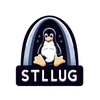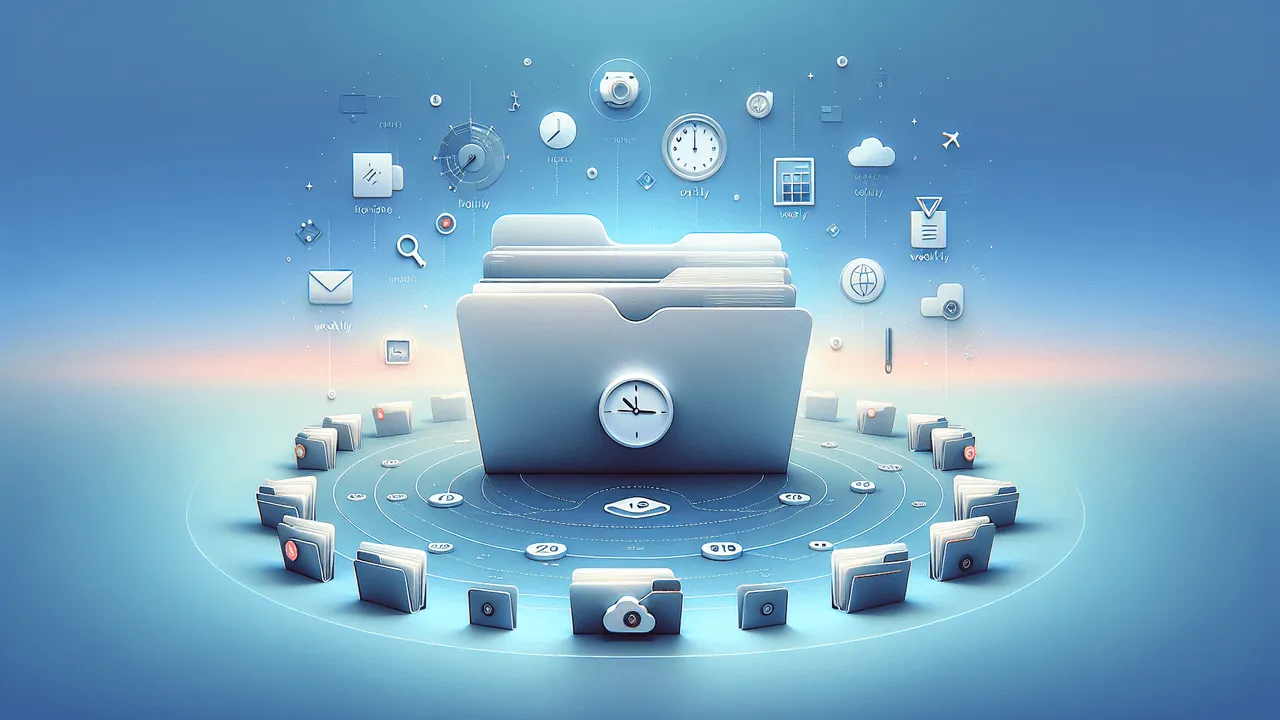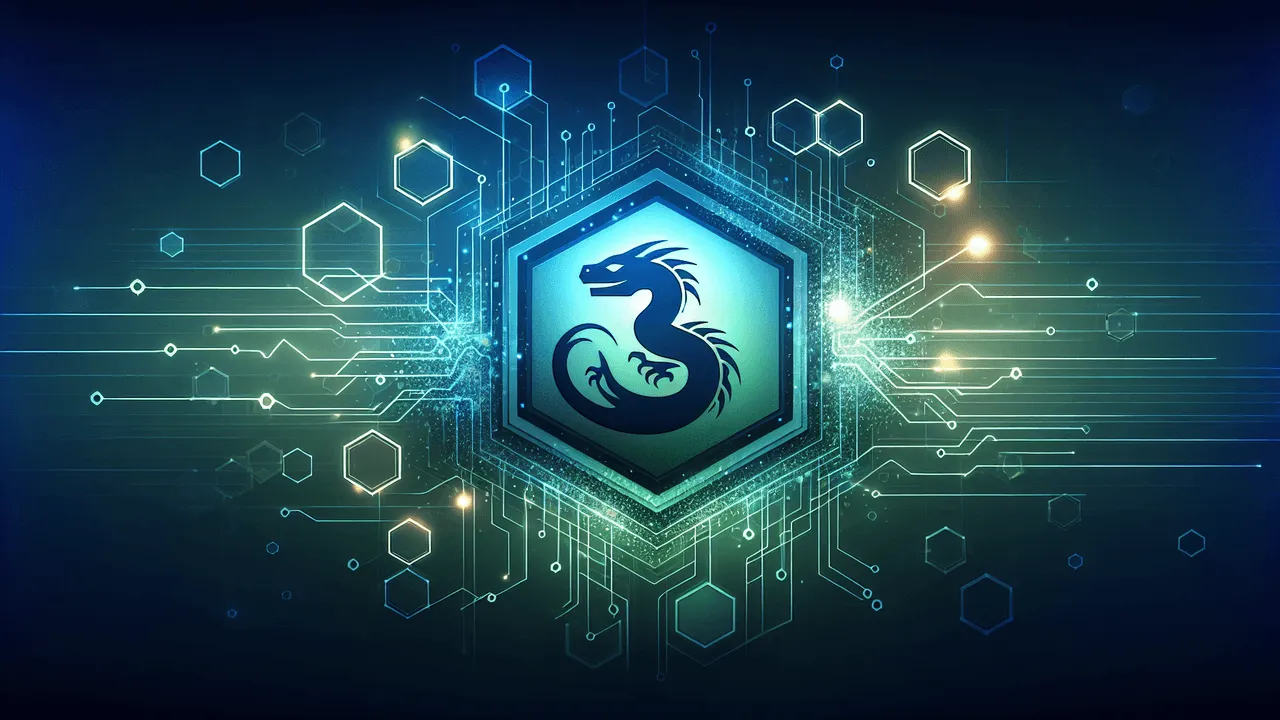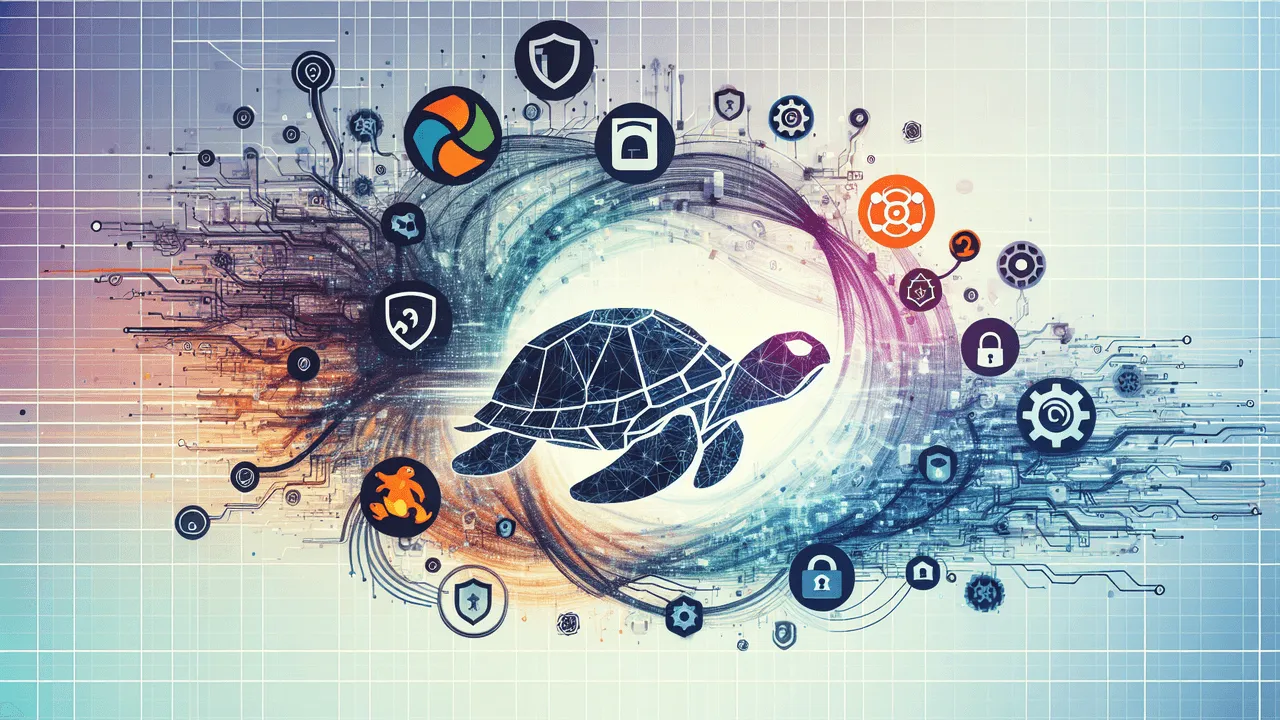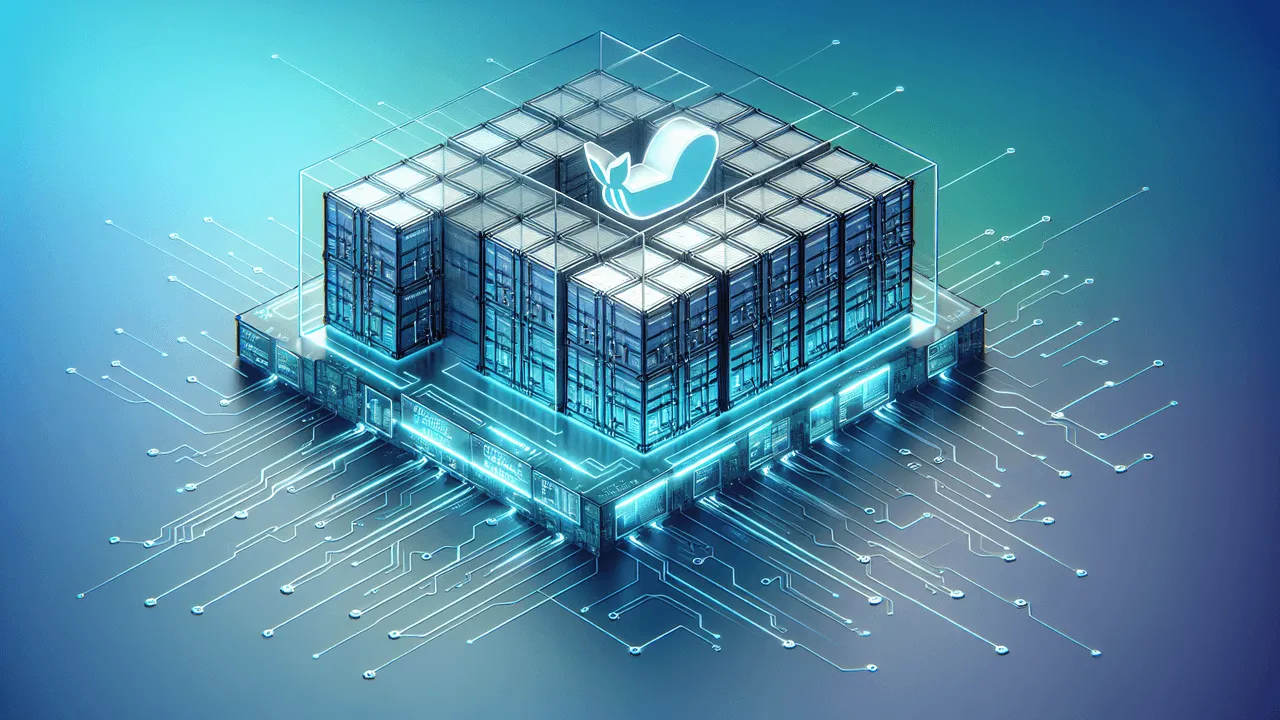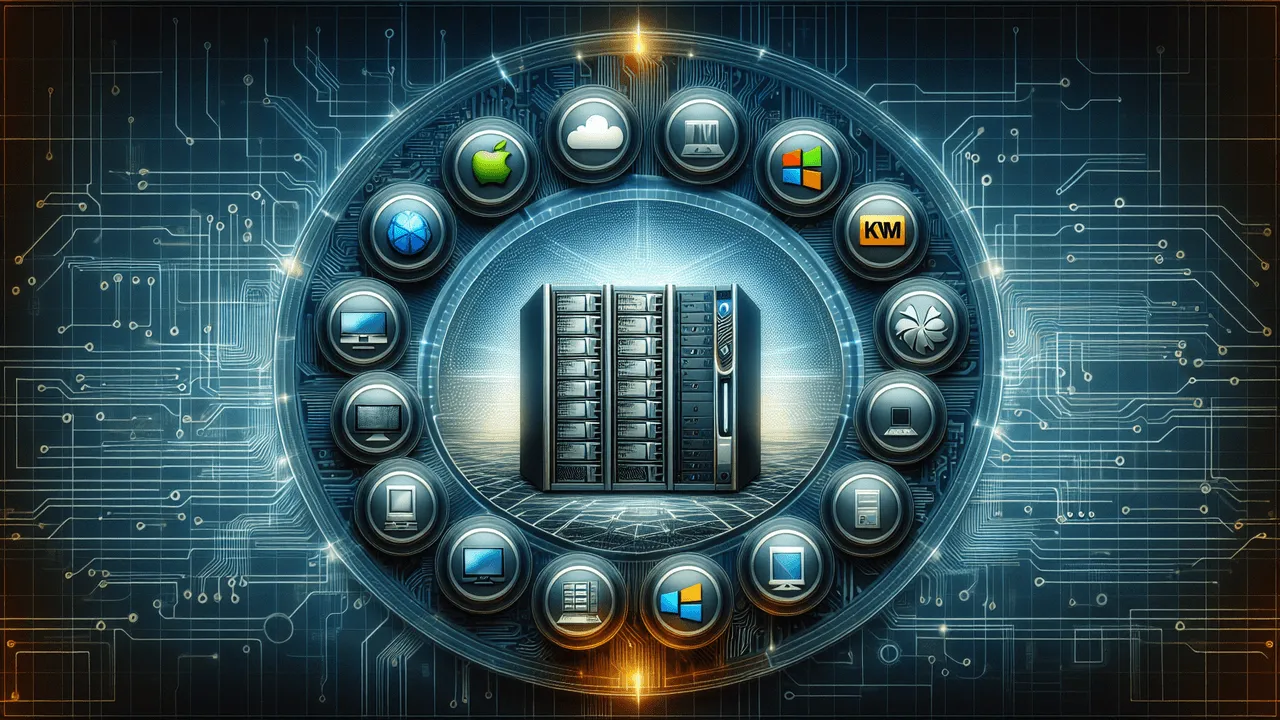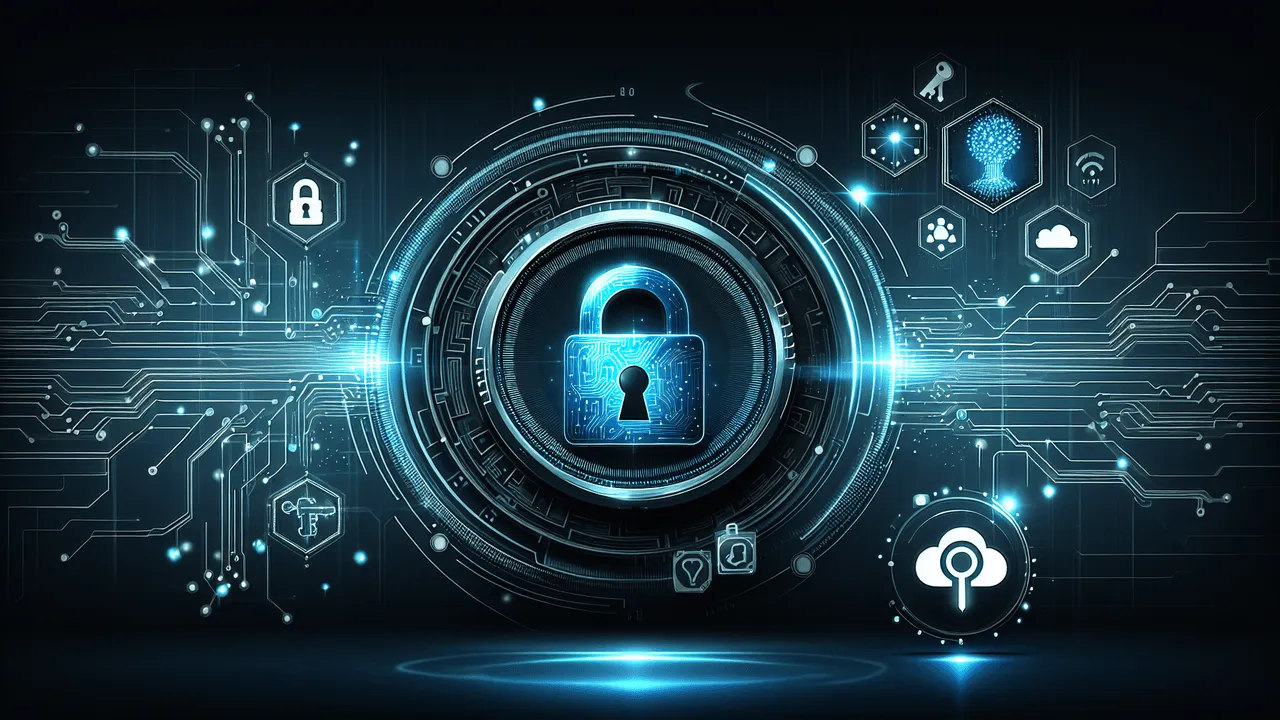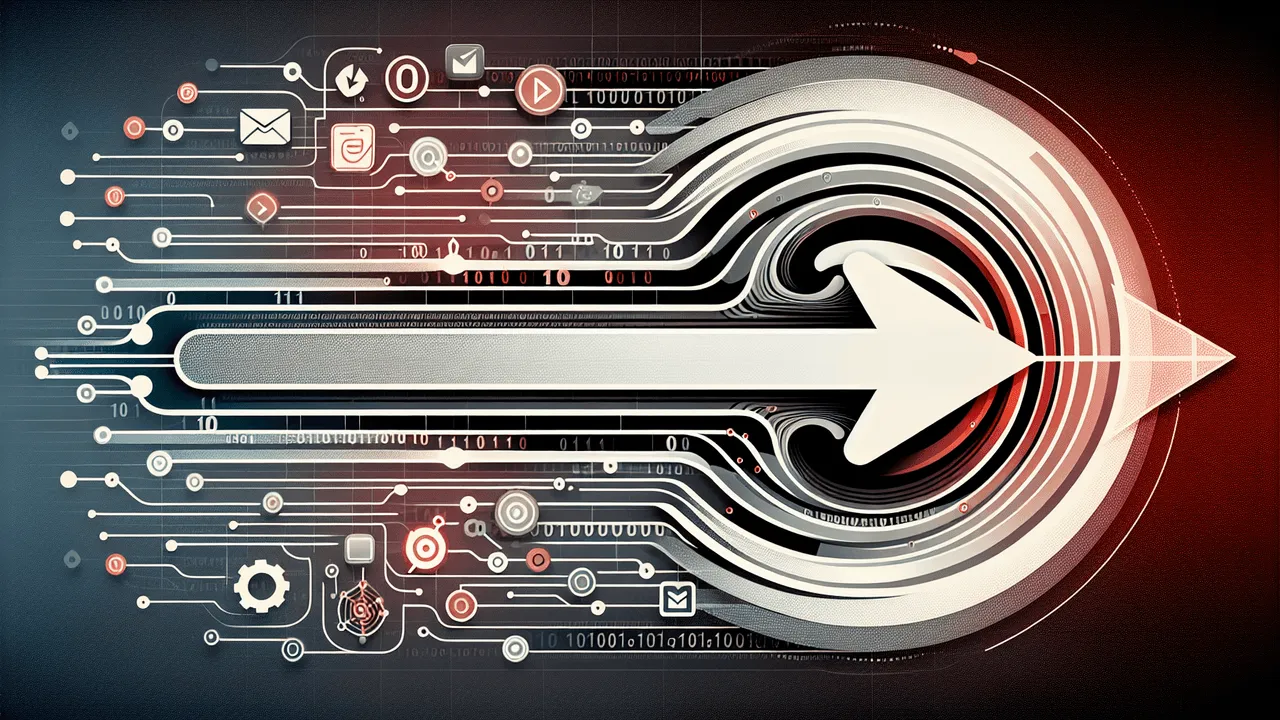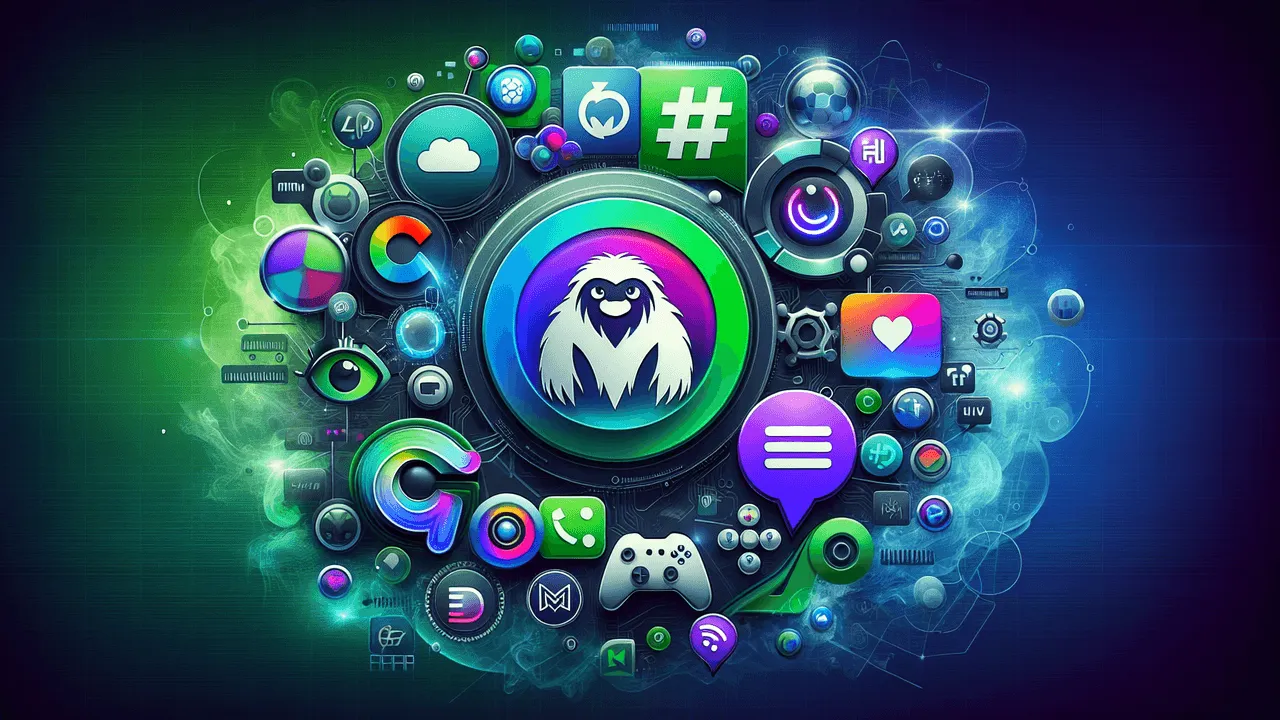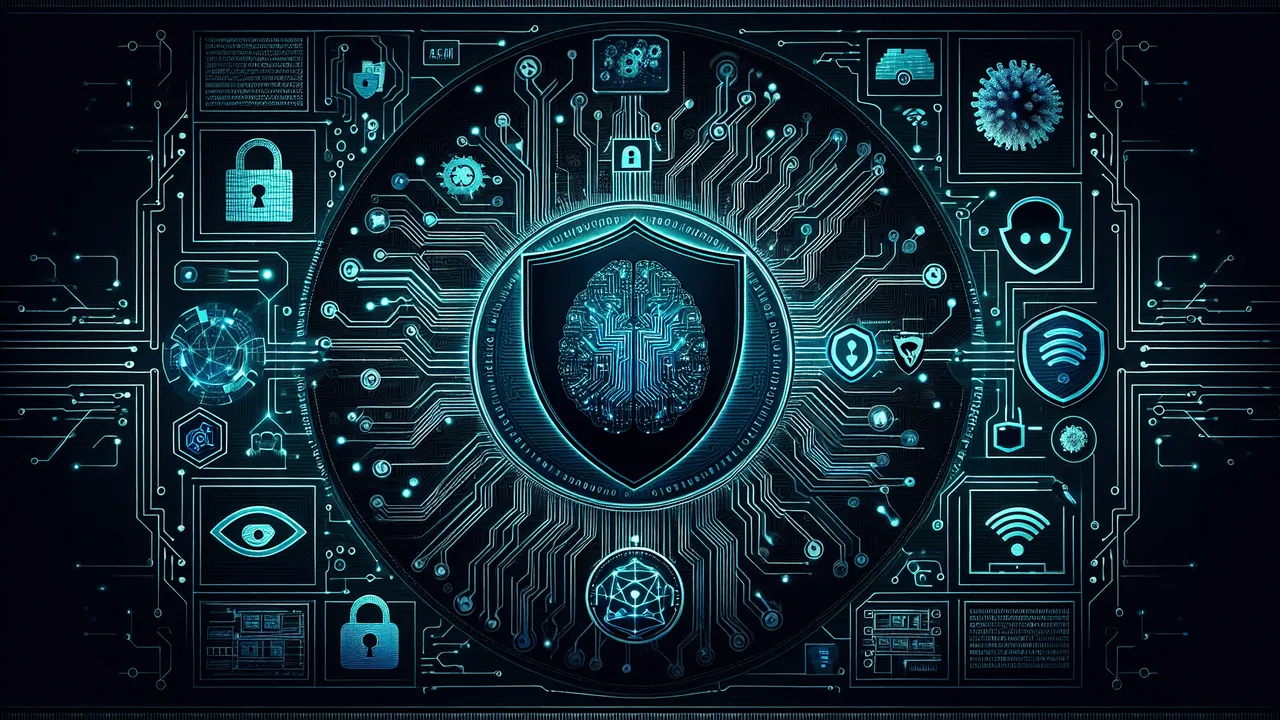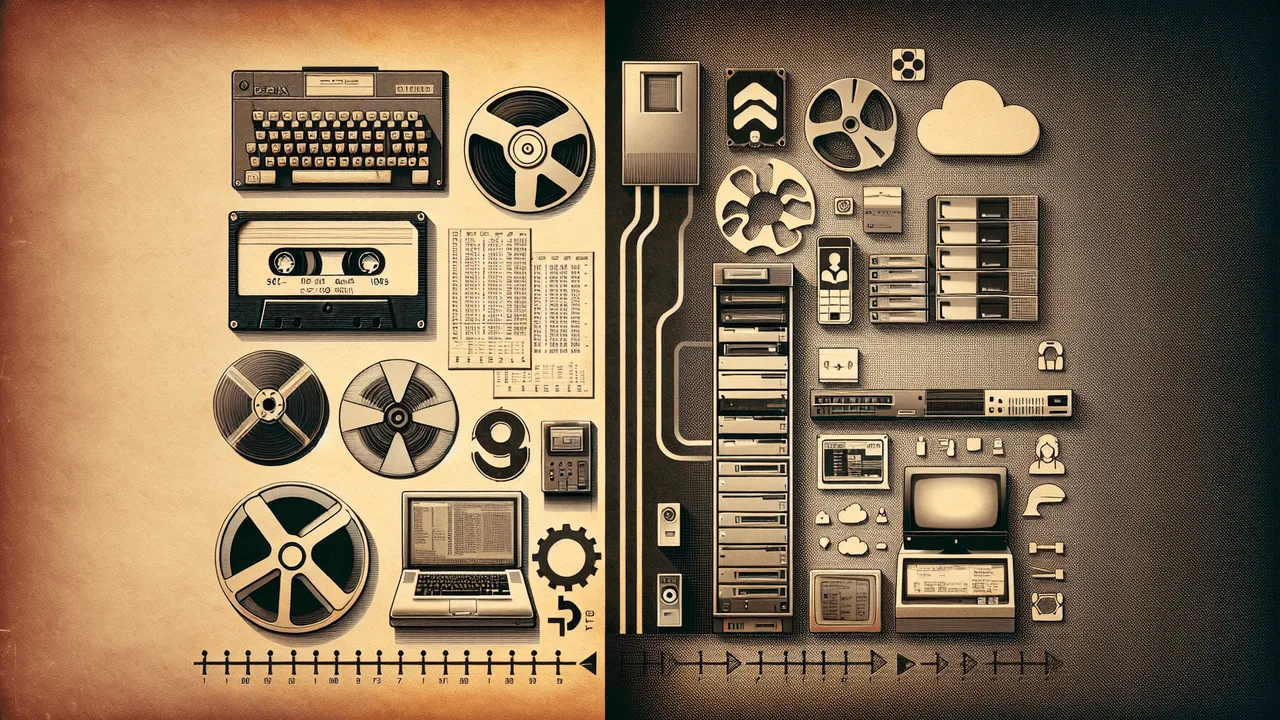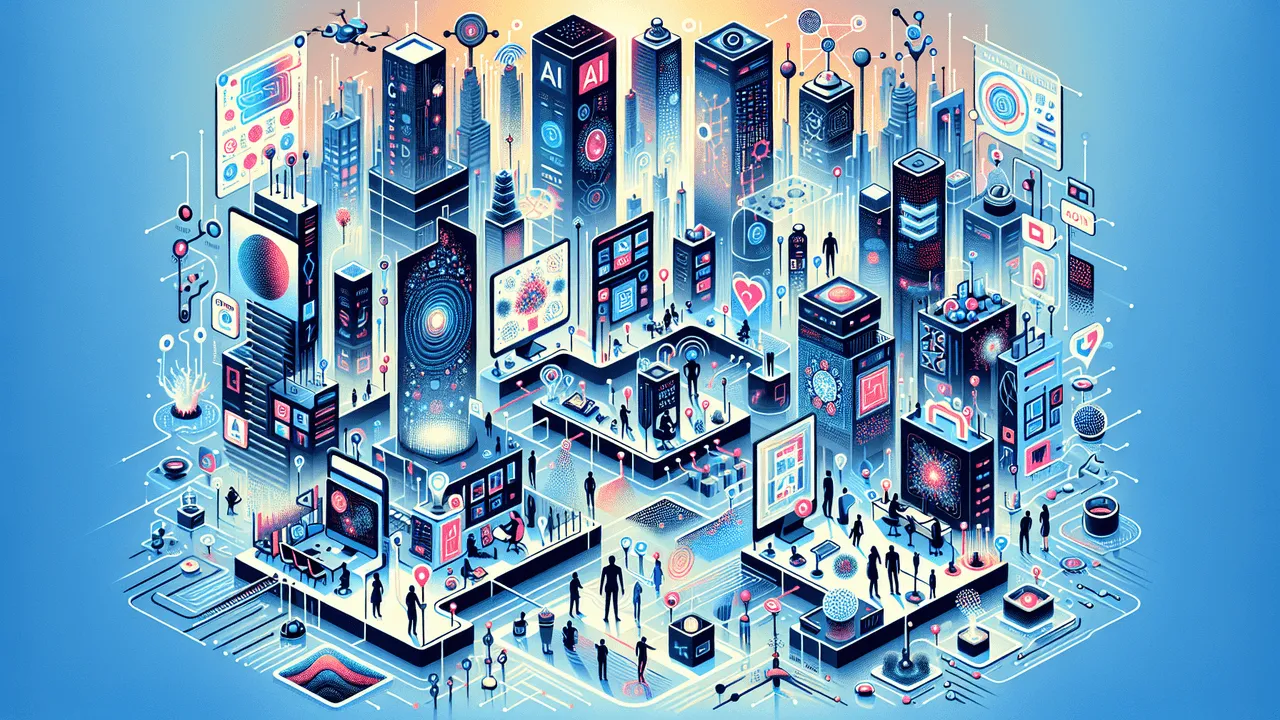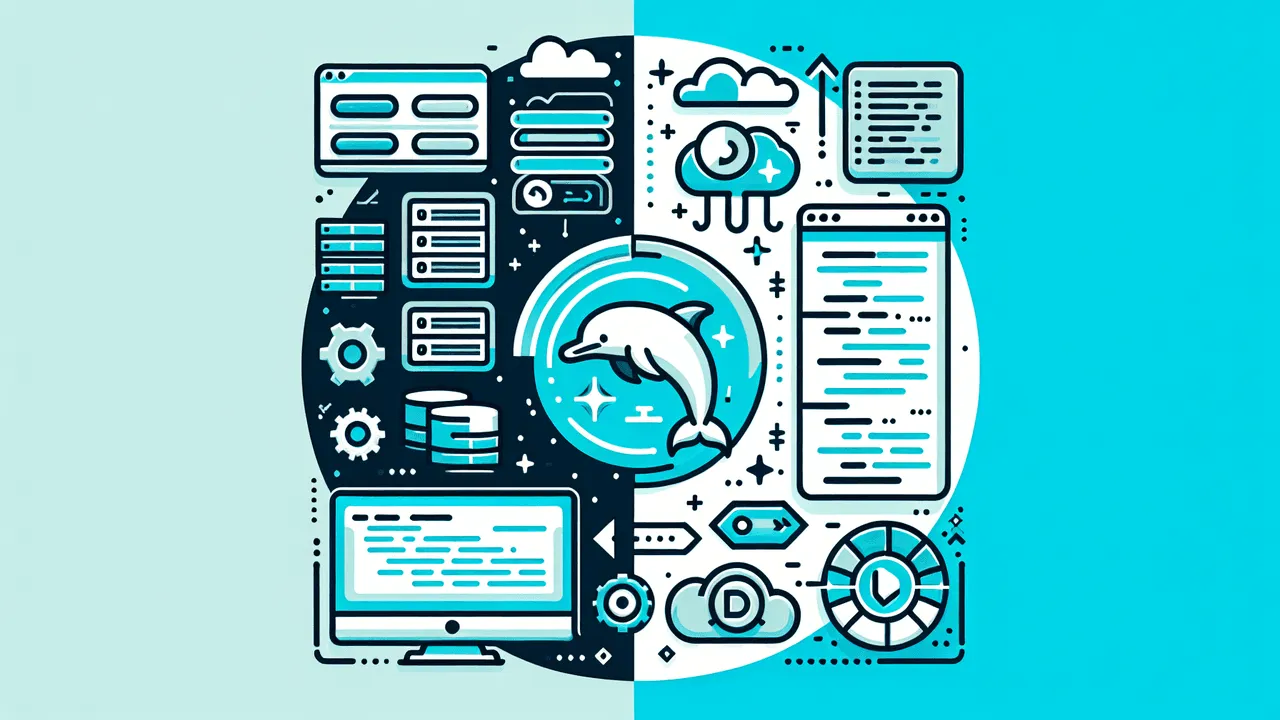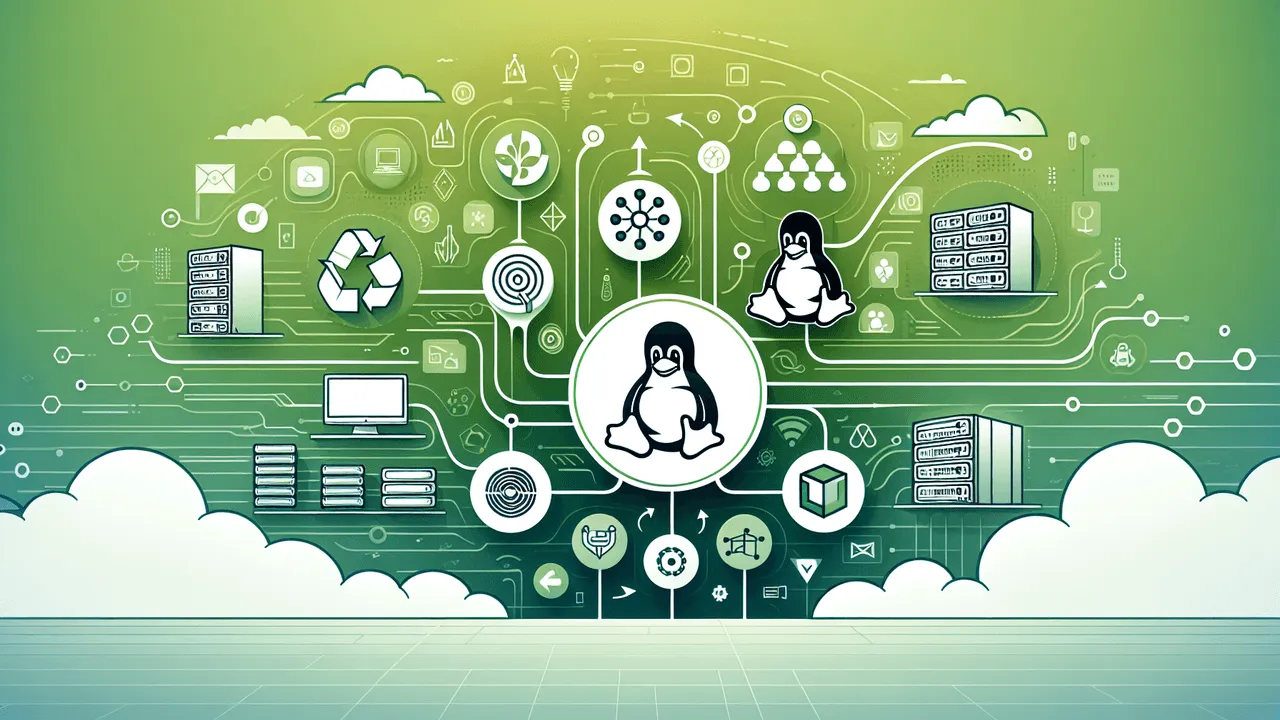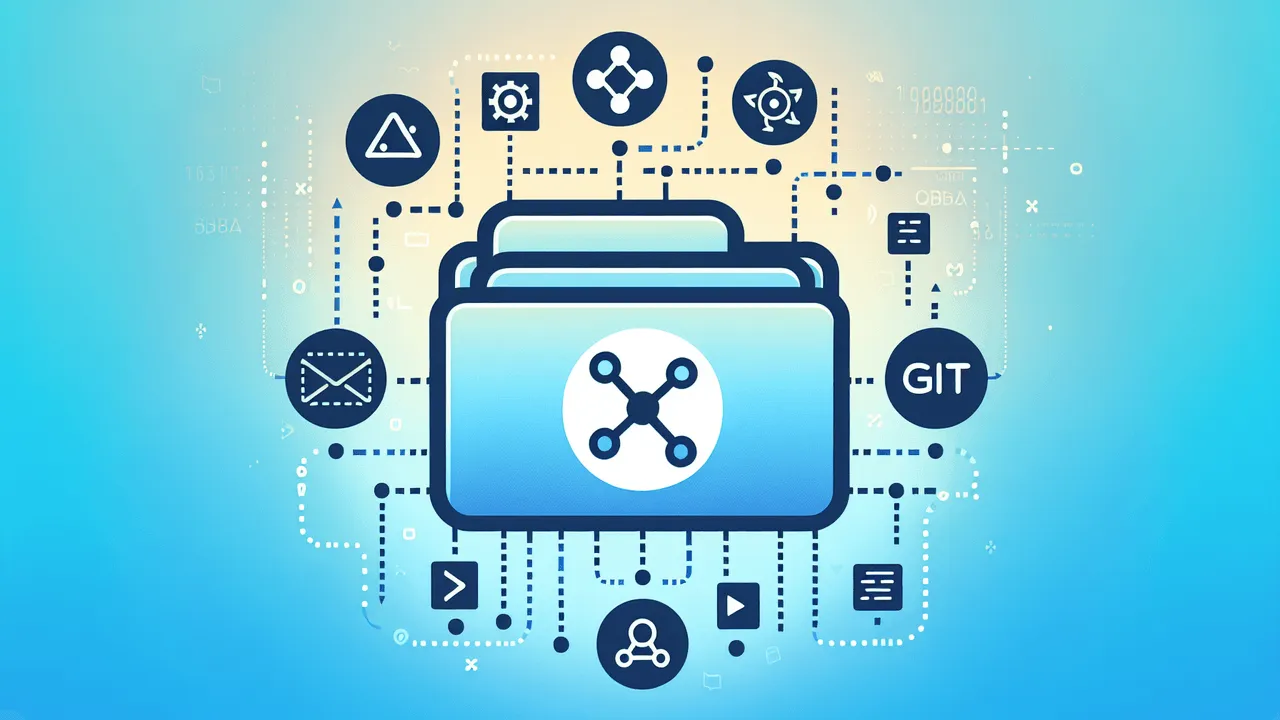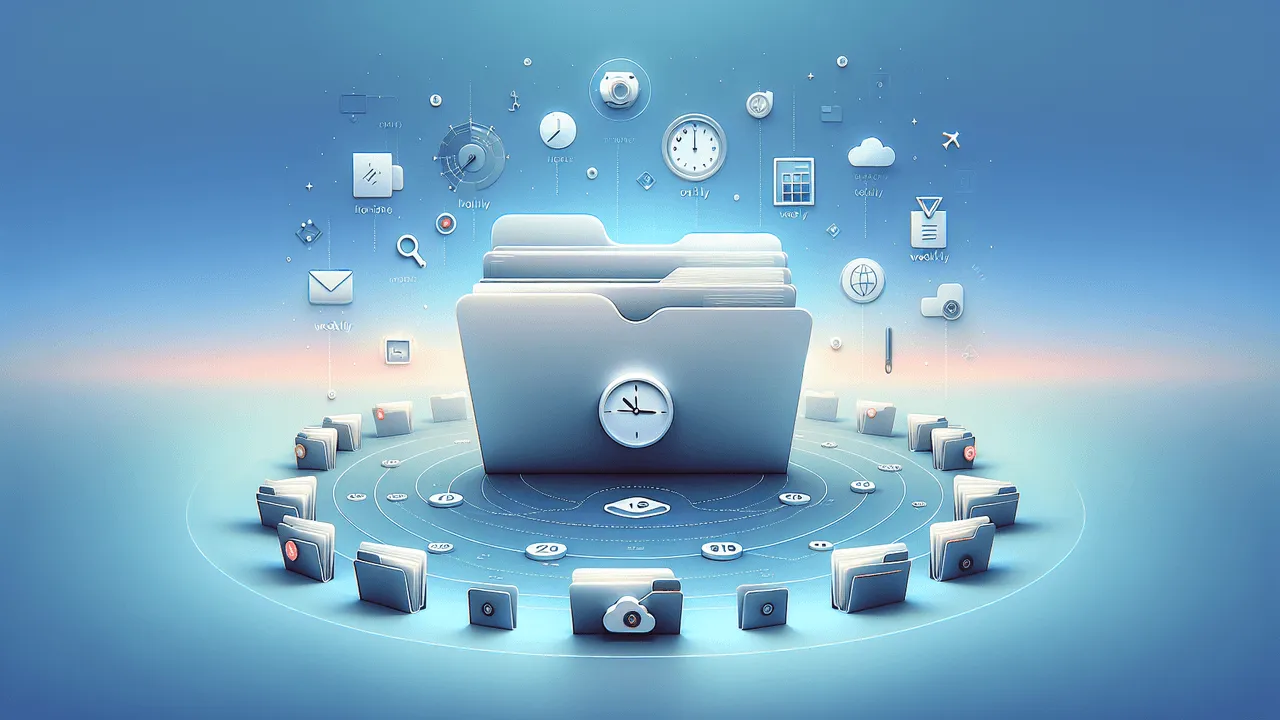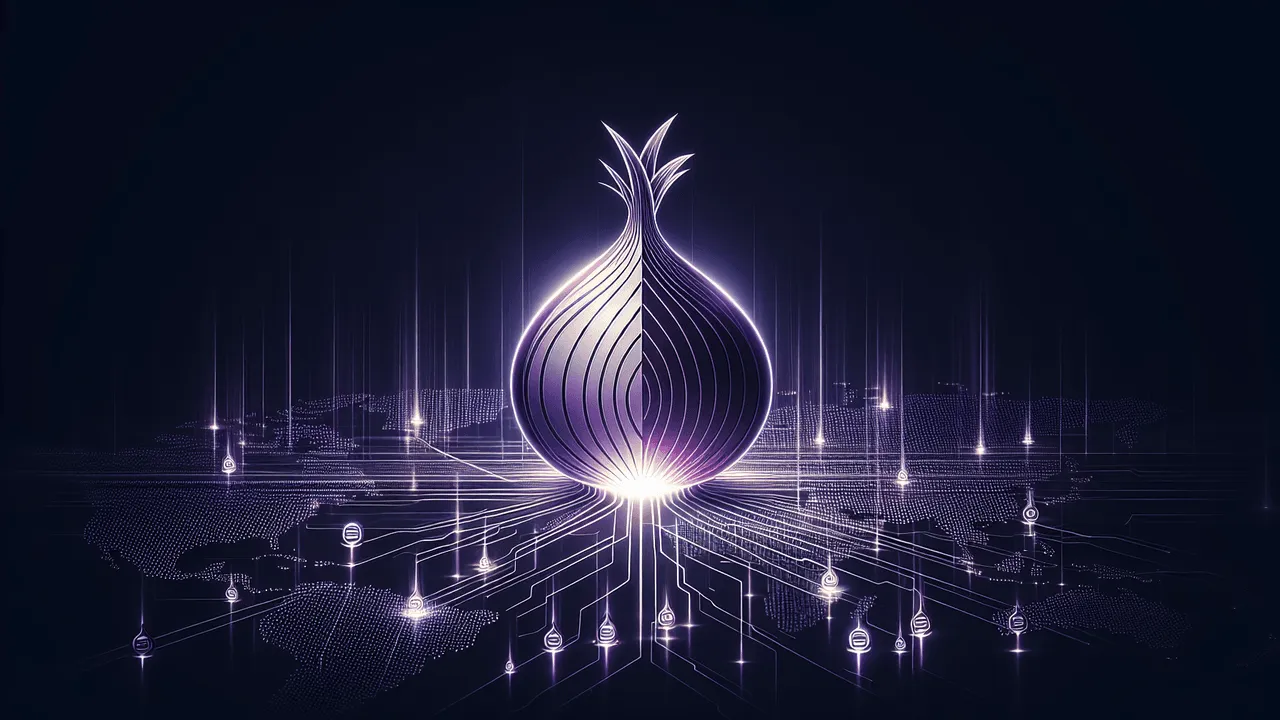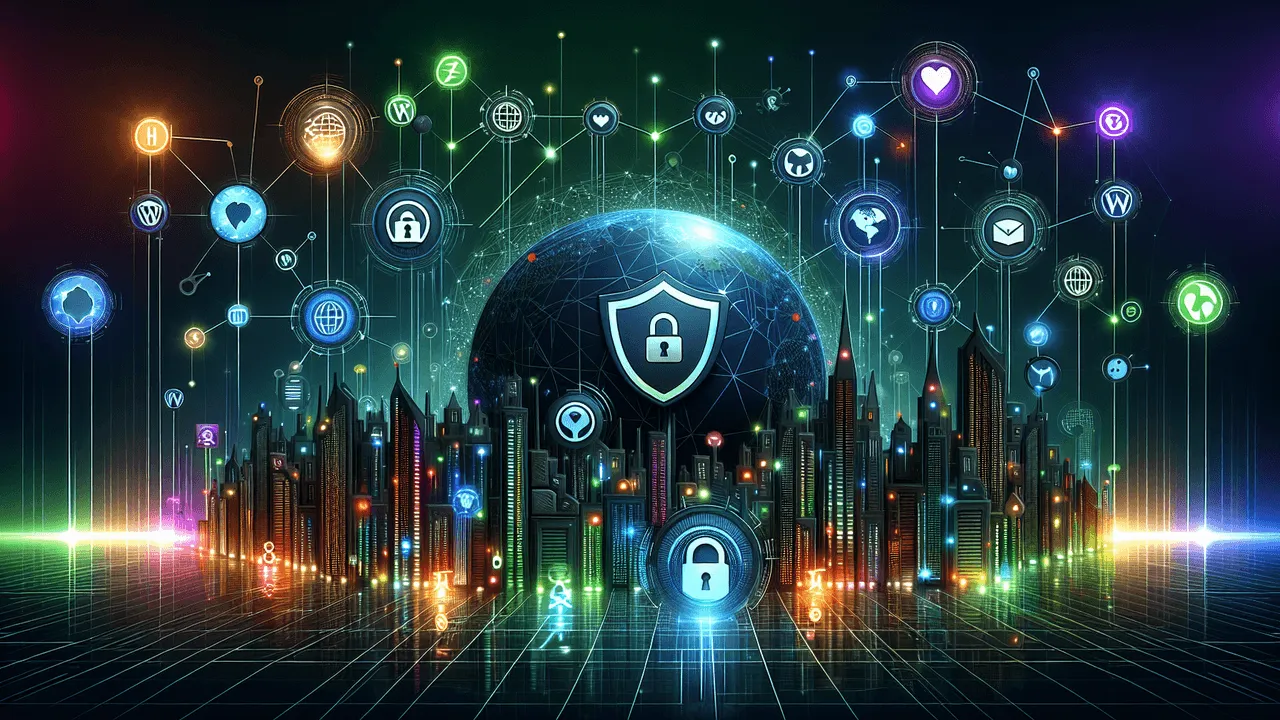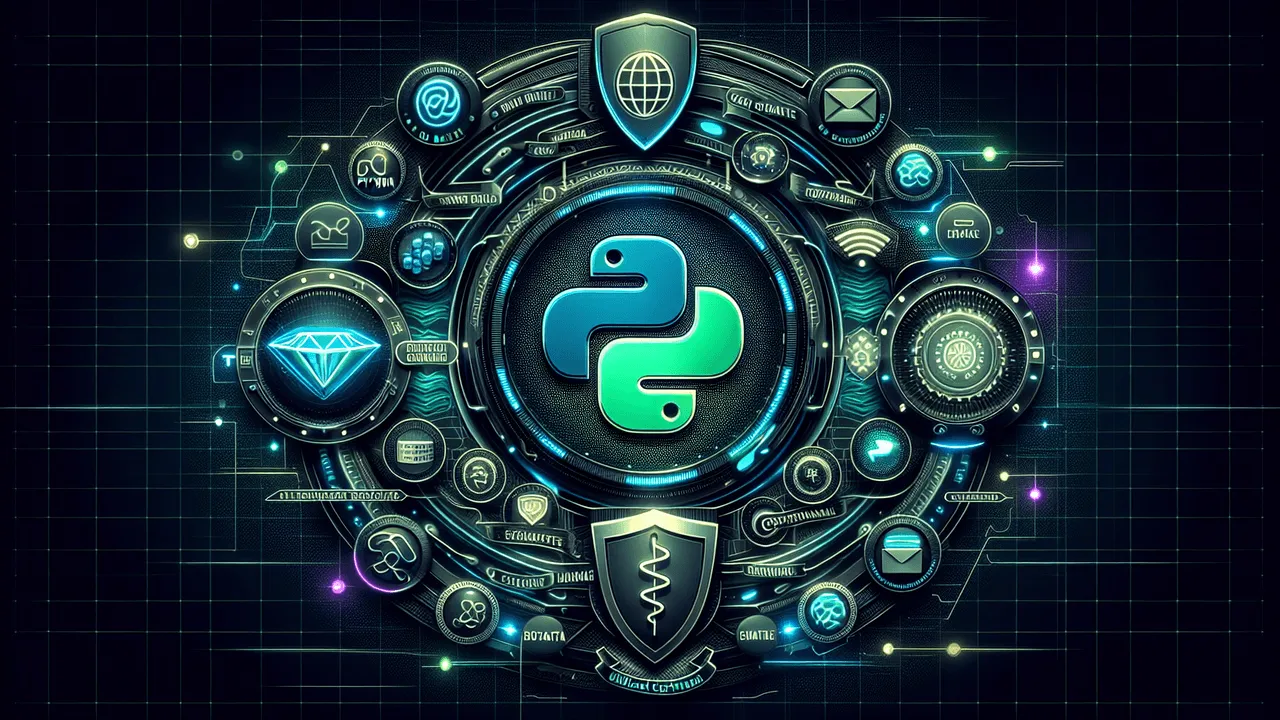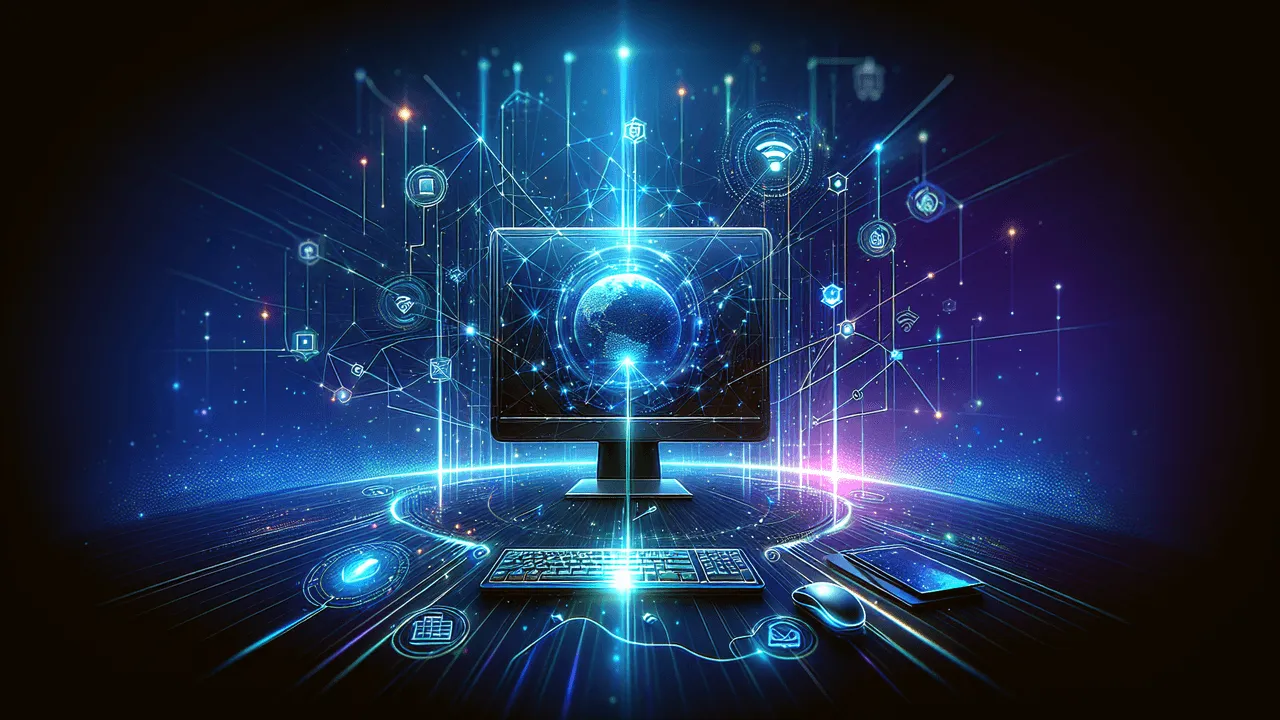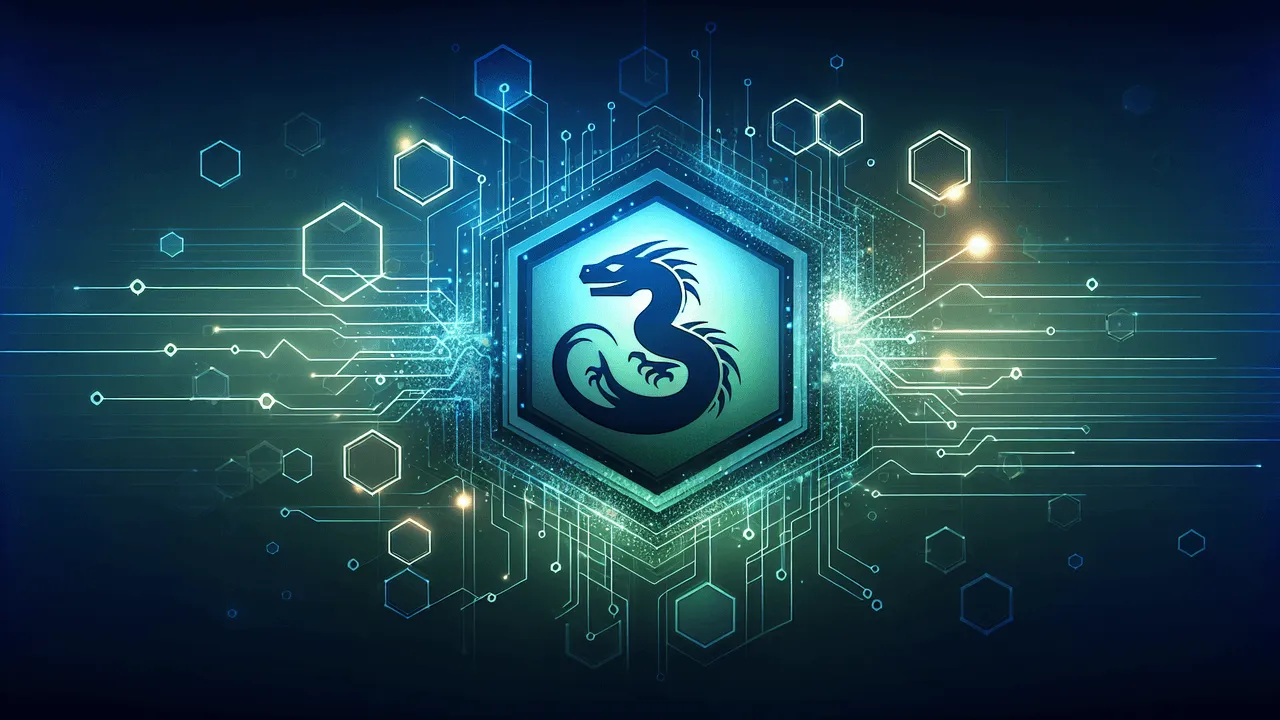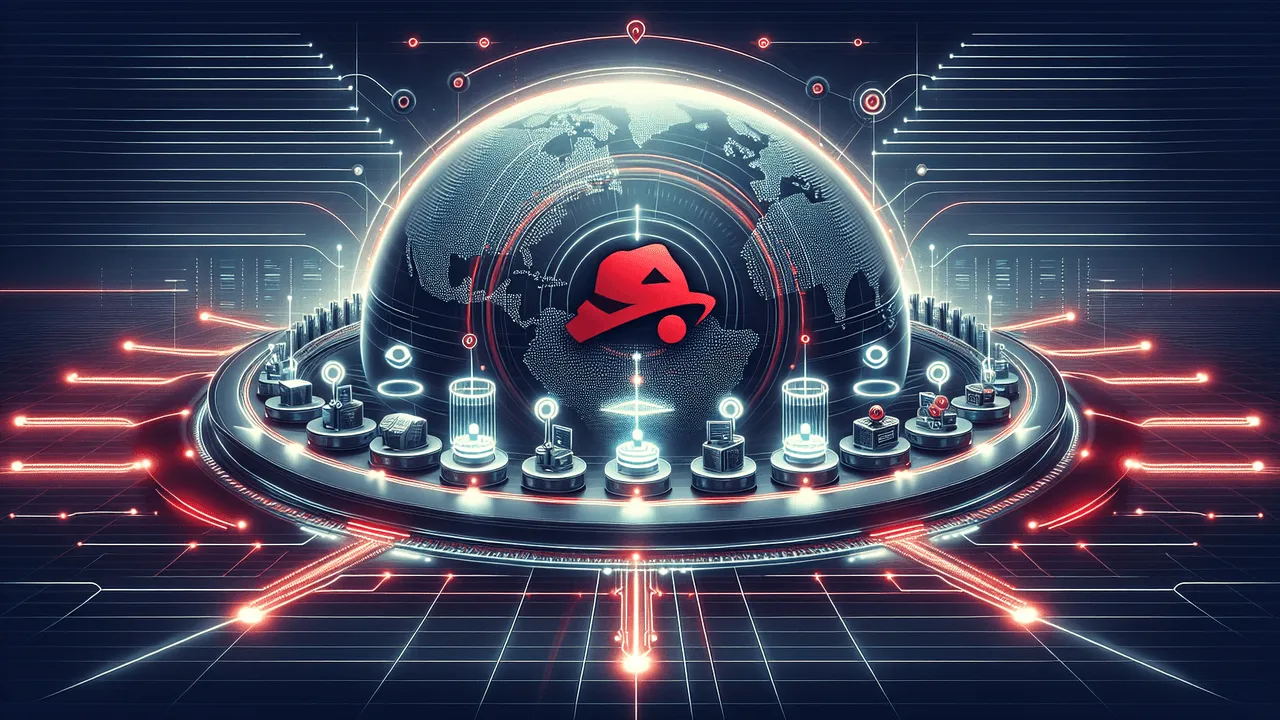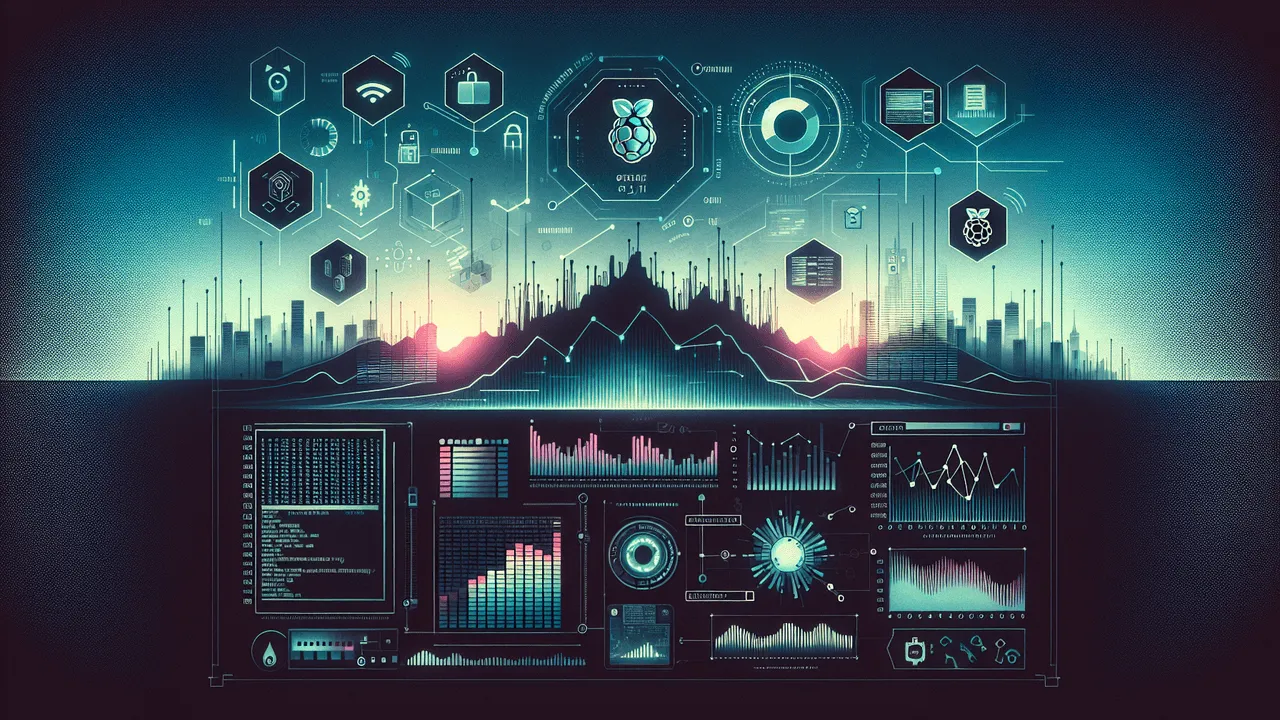Last Updated: 2017-11-06
Lee Lammert
Lee Lammert is the treasure of the St. Louis Unix Users Group (SLUUG).He, in his alter ego, is the mild mannered Chief Scientist of OmniTec, an Information Technology company that provides network, server, and consulting solutions. But, when the BatSignal shines in the sky, he jumps out of the hot tub, puts on his cape and cowl, and slides down that brass Batpole into The Bat Cave…Lee Lammert, PhD, is Chief Scientist of Omnitec Corporation, a System/Network Integrator providing core IT services using Free Software. Focus projects include Monitoring Systems (Nagios, Merlin, Adagios), specialized application servers and Virtual Environments (Windows VMs on Linux, Storage, SANs), DR and Replication, applied Cloud Services, Infrastructure Services (DNS, Mail, Web), and core Open Source languages (Perl, Ruby, PHP).
Presentations By Lee Lammert
SLUUG - December 11, 2024
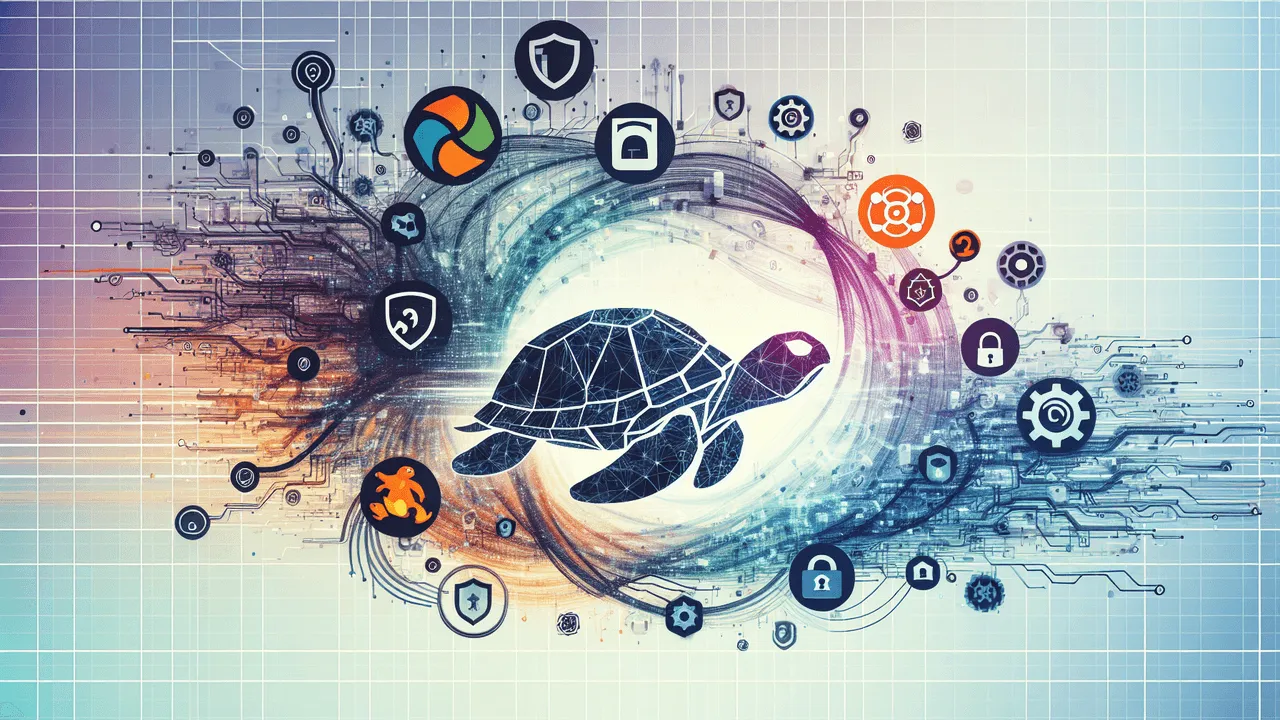
DistroBox. 'I like turtles'
By: Tom Clark
Vulernability scanning the easy way!
By: Lee Lammert
SLUUG - November 13, 2024
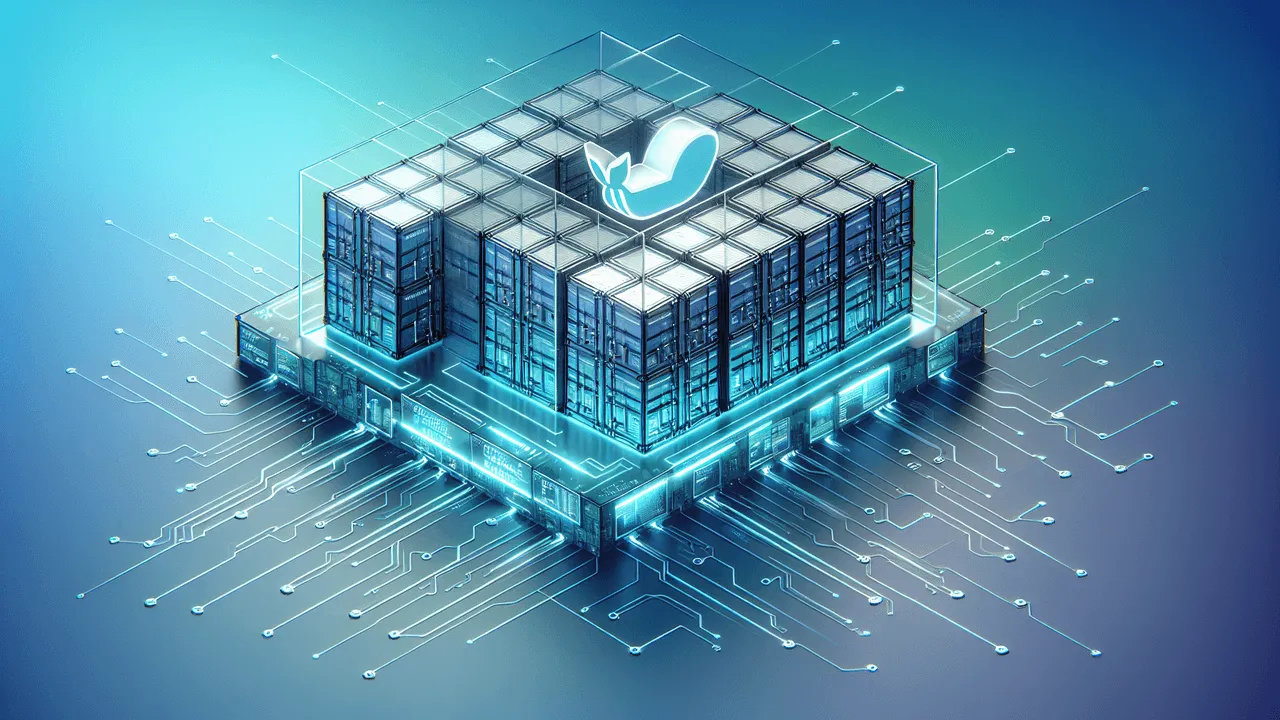
Unleashing the Power of Podman: A Docker Alternative
By: Andrew Denner
When IPtables isn't really IPtables
By: Lee Lammert
SLUUG - August 14, 2024

Fixing your firewall with ChatGPT!
By: Lee Lammert
KVM for Beginners
By: Ken Johnson
SLUUG - July 10, 2024
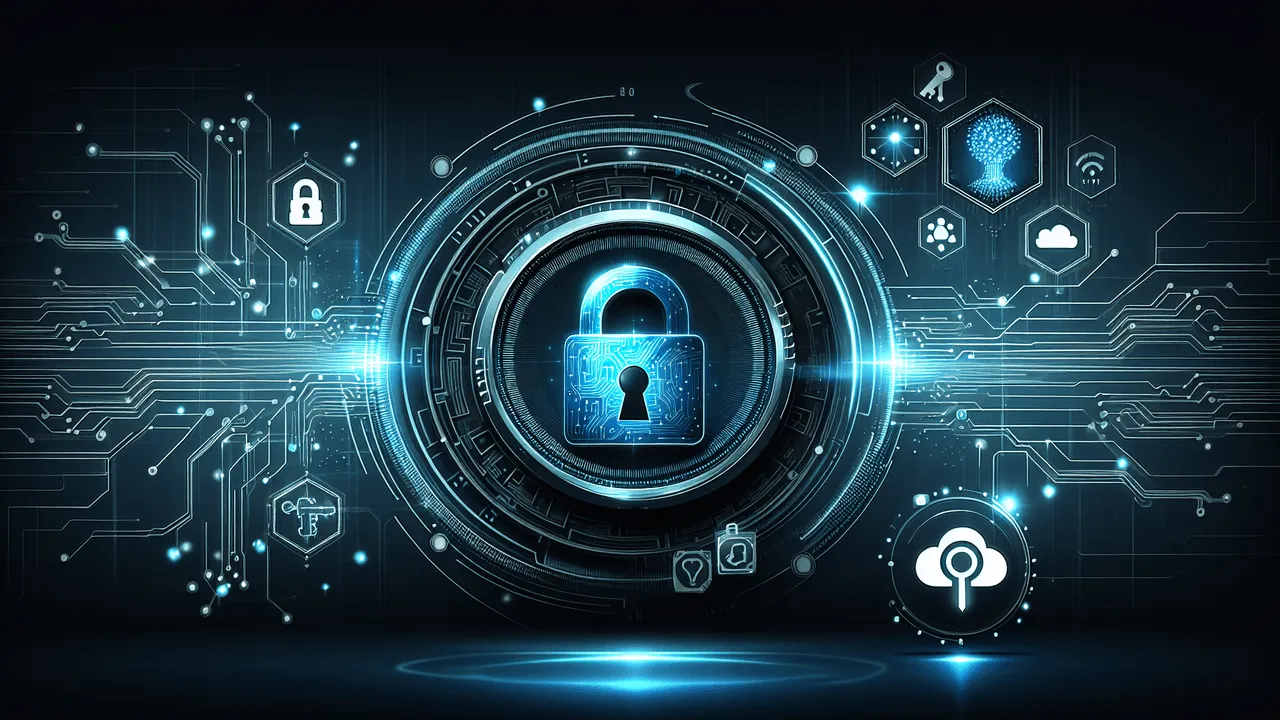
Diagnose A Real World Networking Problem
By: Lee Lammert & Grant Taylor
How to Securely Authenticate to a Remote System Using SSH Keys
By: Lee Lammert & Grant Taylor
STLLUG - June 20, 2024
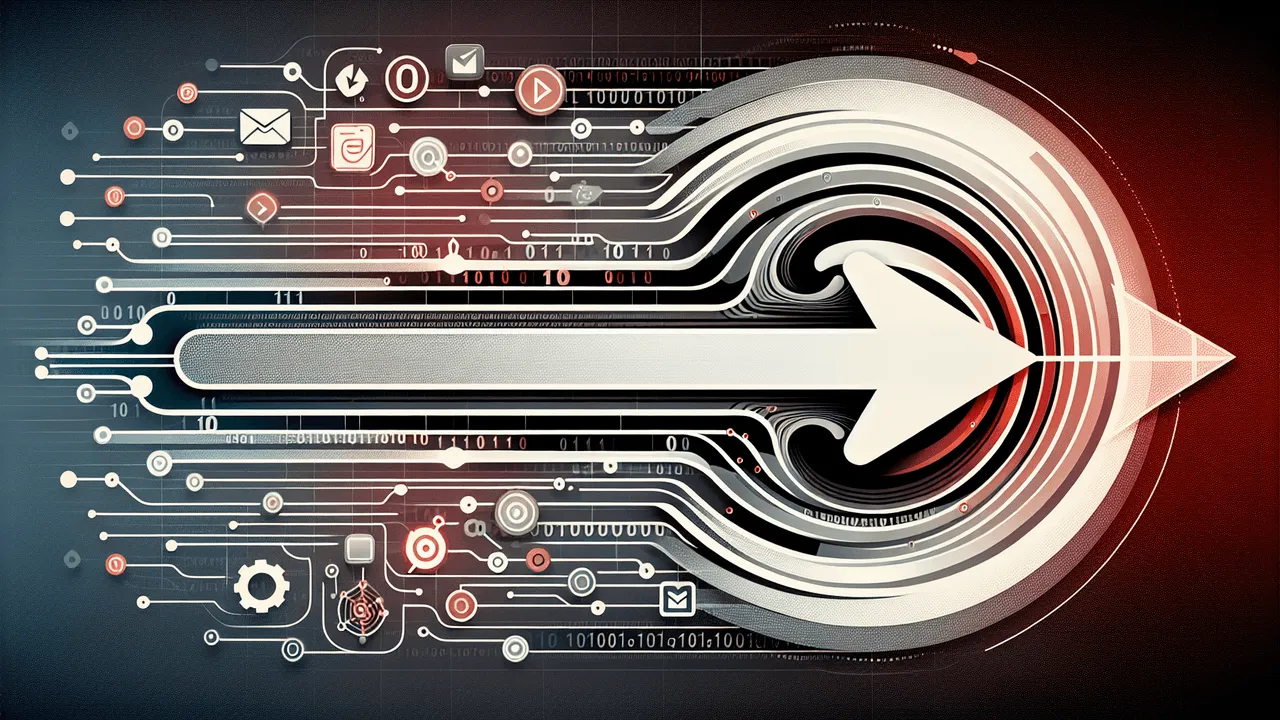
SLUUG - June 12, 2024
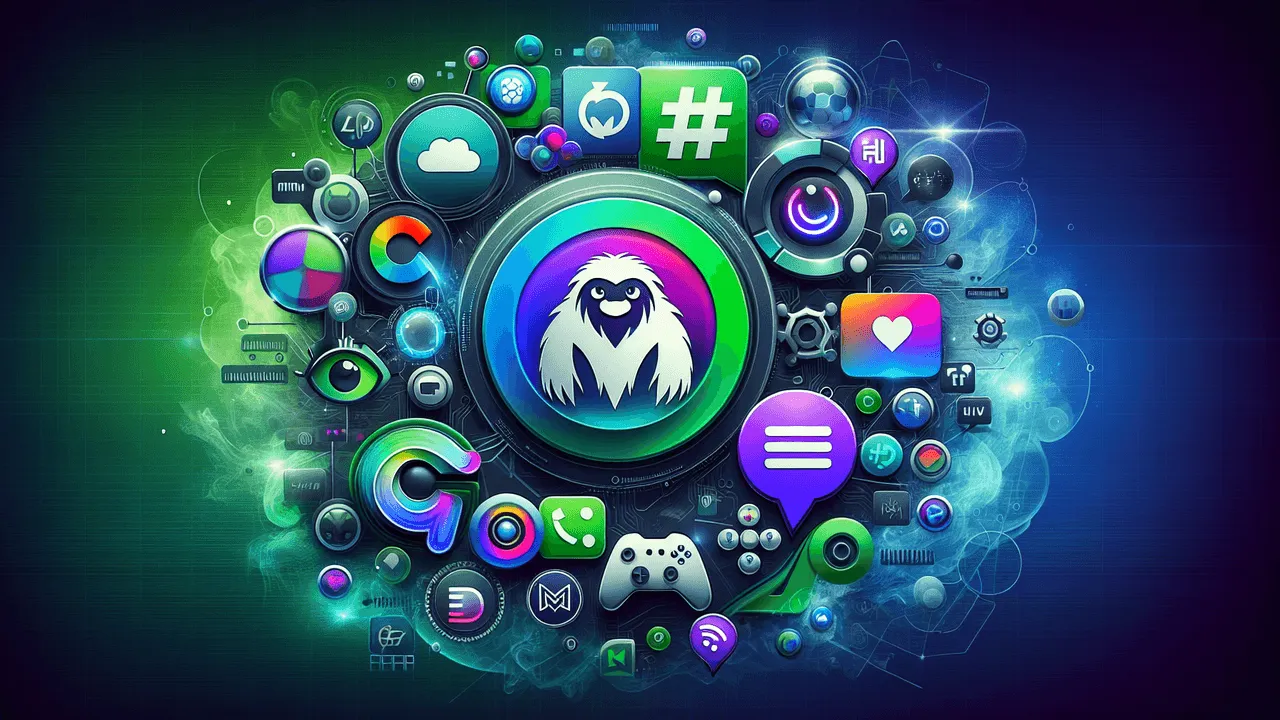
Social Media for Nerds
By: Scott Granneman
An adventure in starting network 'sniffing'
By: Lee Lammert & Grant Taylor
SLUUG - May 8, 2024
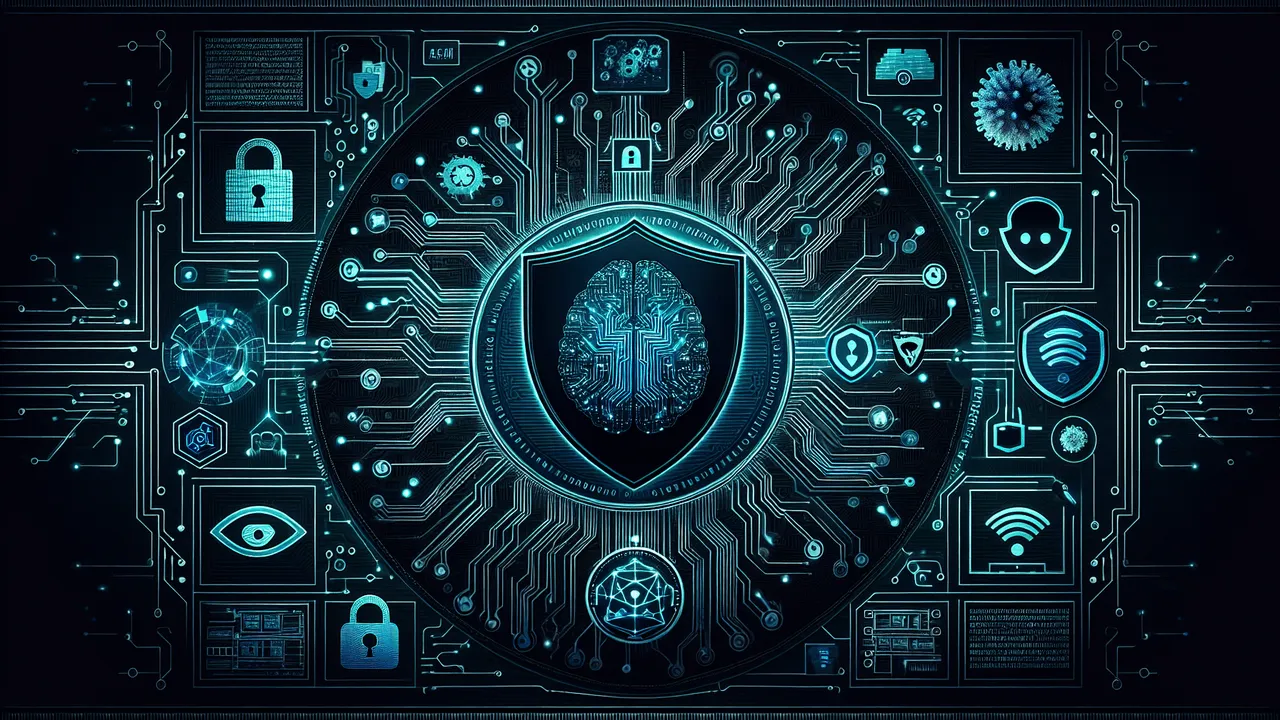
Cybersecurity & AI - A Review
By: Tony Zafiropoulos
An adventure in starting network 'sniffing'
By: Lee Lammert & Grant Taylor
SLUUG - March 13, 2024
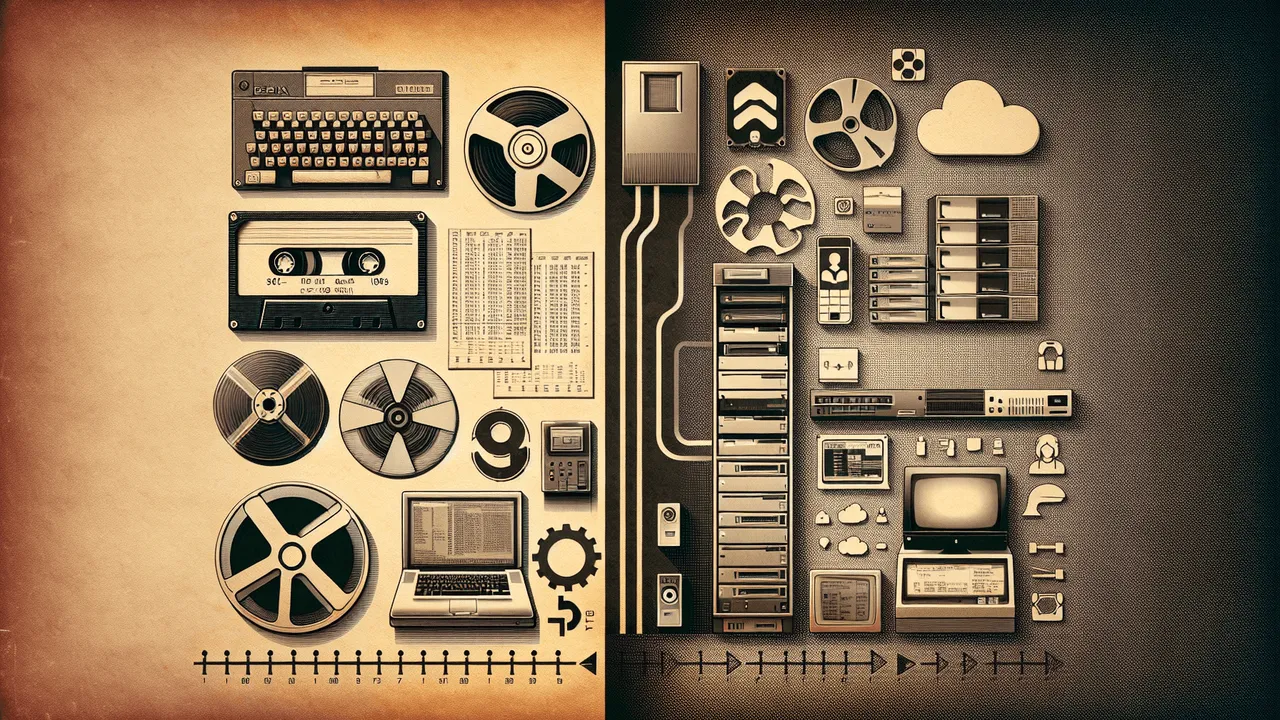
The History of Computing since 1968
By: Scott Granneman
Upgrading 2 releases of Debian on web/email server. Part 2
By: Lee Lammert
SLUUG - February 14, 2024
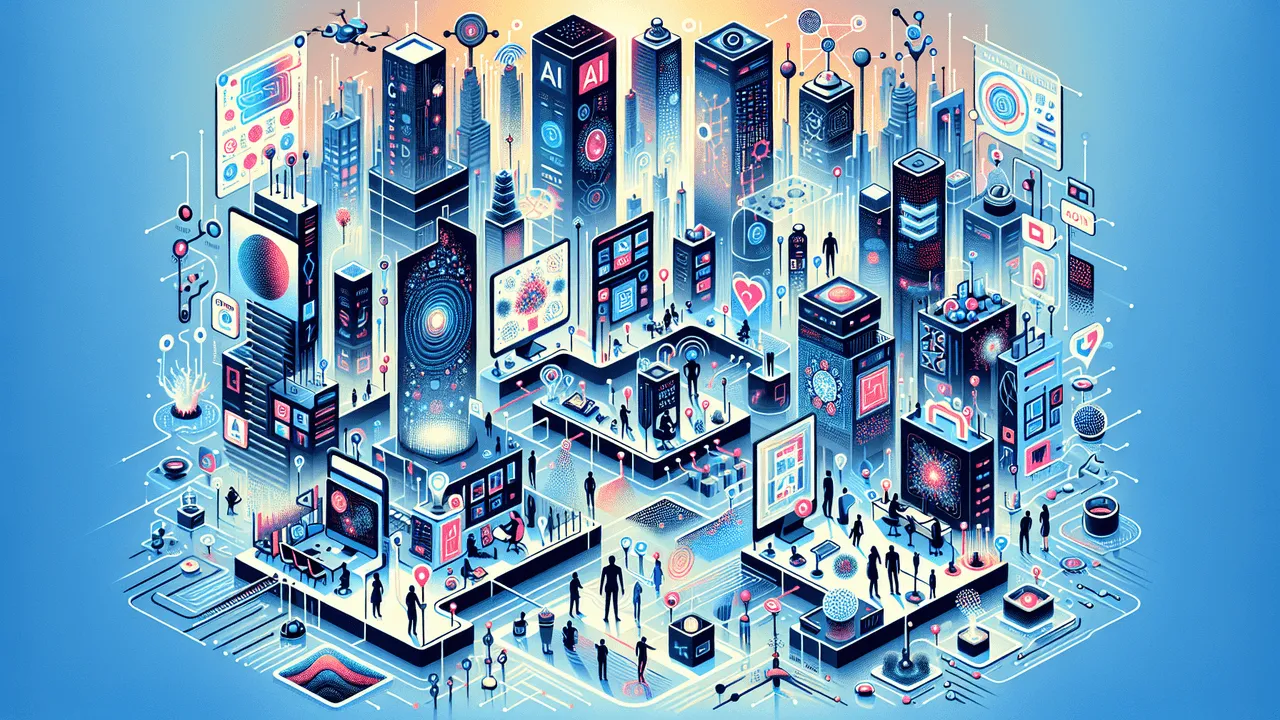
AI 2: Electric Boogaloo
By: Scott Granneman
How to Plan a Major OS Upgrade
By: Lee Lammert
SLUUG - August 9, 2023
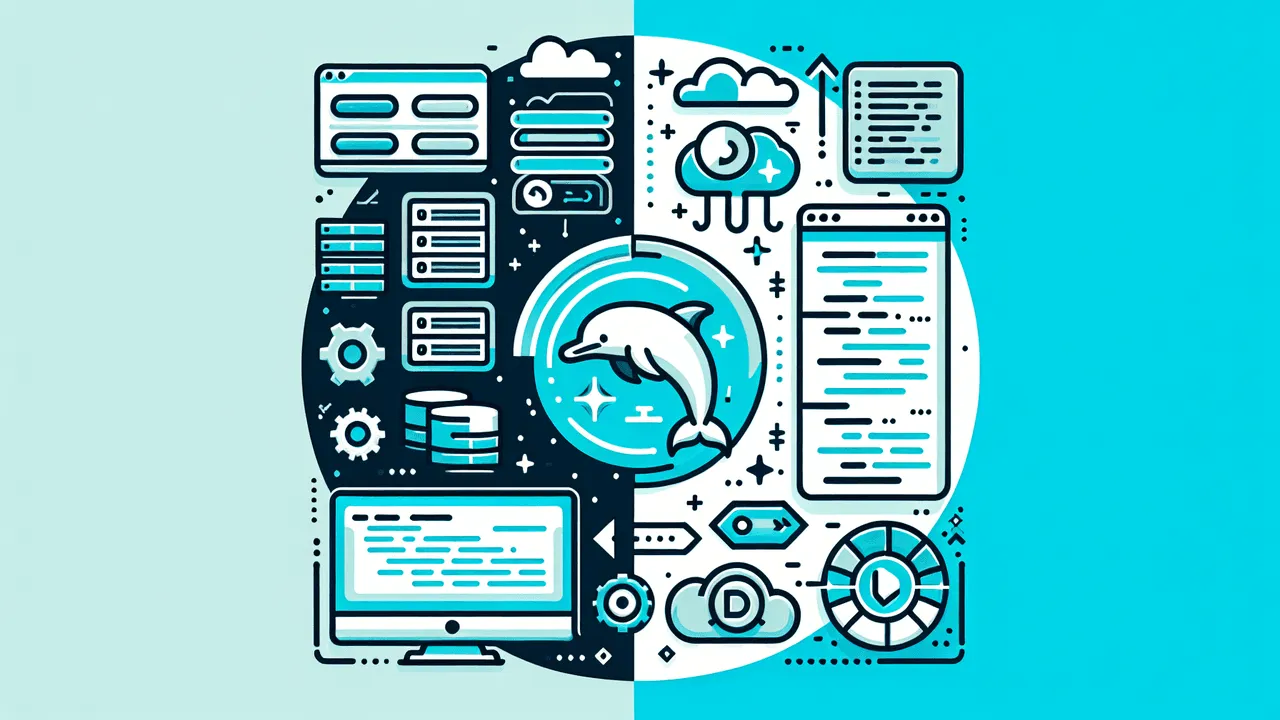
Hot restore of a MySQL database
By: Lee Lammert
VIM Side by Side
By: Stan Reichardt
SLUUG - March 8, 2023
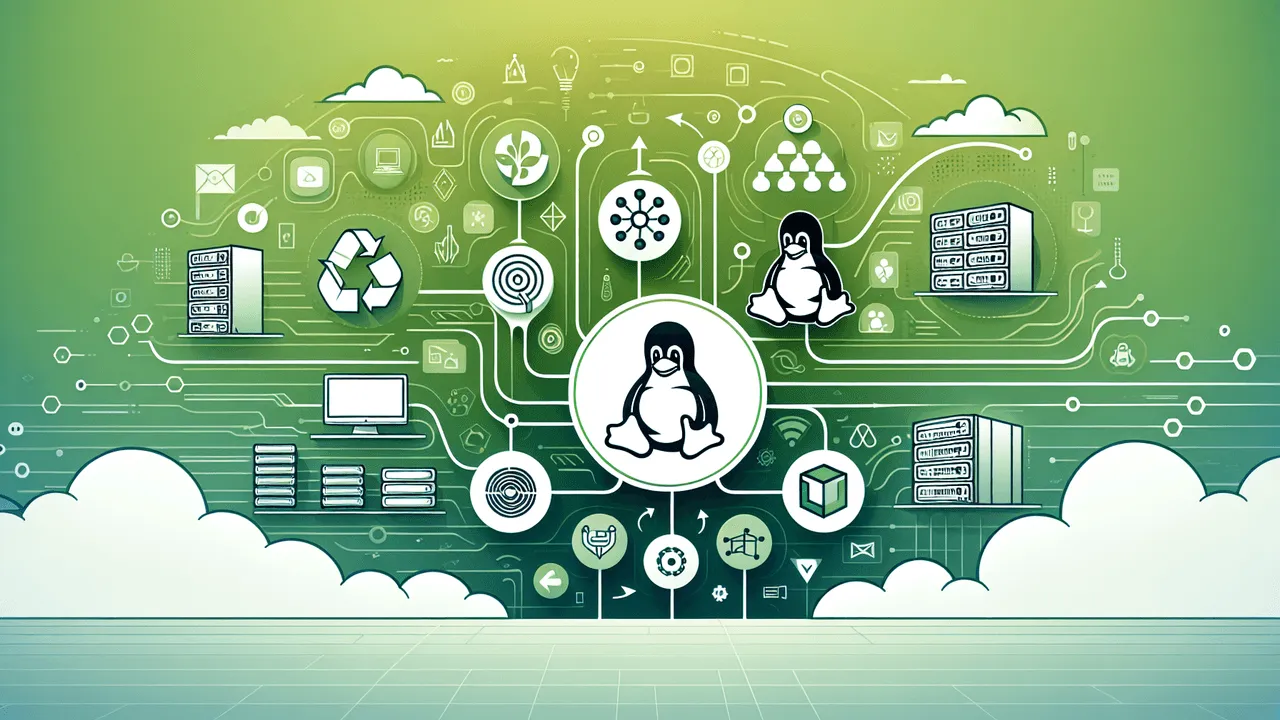
Future of OpenSuSE LEAP
By: Lee Lammert
LibreOffice Database
By: Stan Reichardt
SLUUG - February 8, 2023
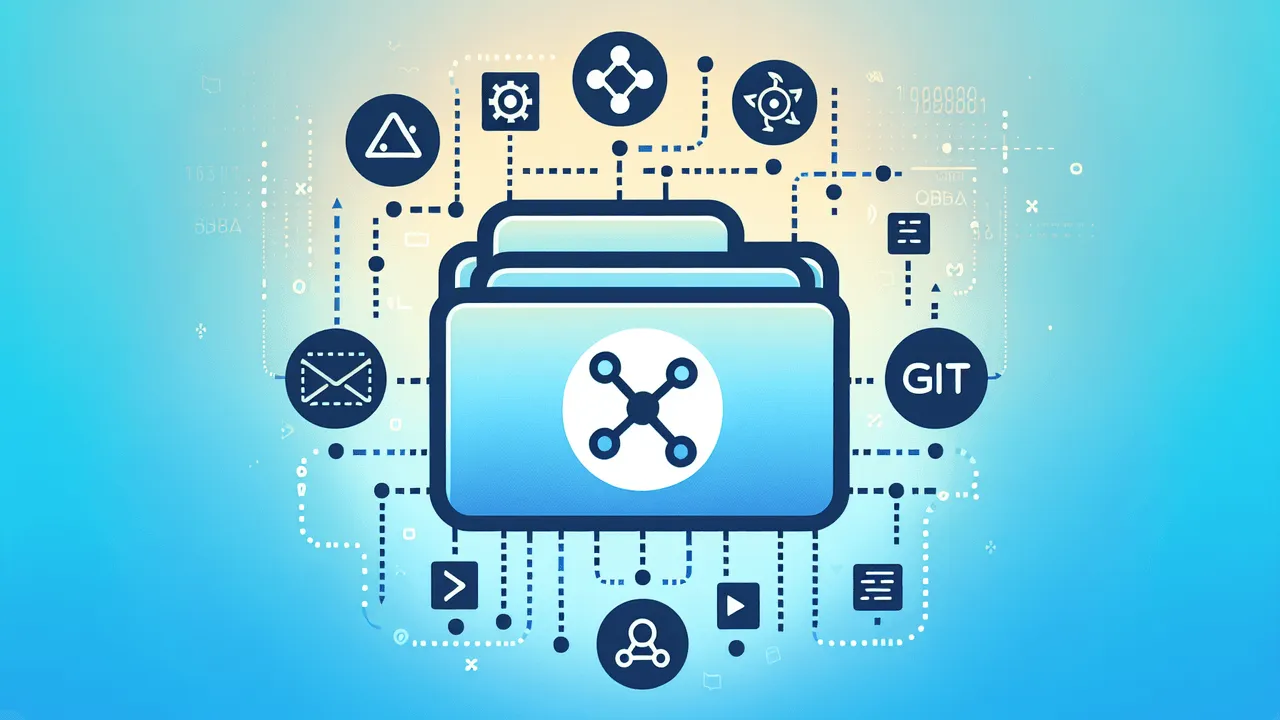
YADM - Yet Another Dotfiles Manager
By: Sean Twiehaus
Hands On btrFS
By: Lee Lammert
SLUUG - May 11, 2022
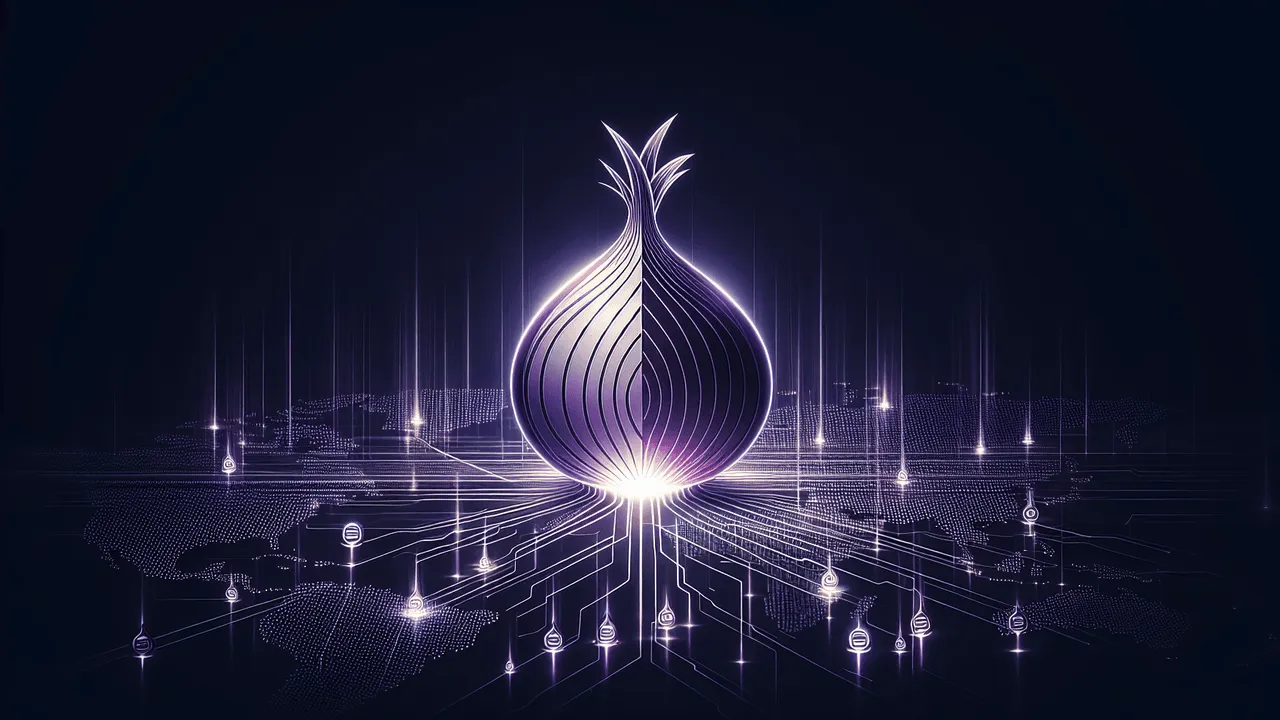
Building and maintaining a container
By: Andrew Denner
TOR - The Onion Router
By: Lee Lammert
SLUUG - January 12, 2022
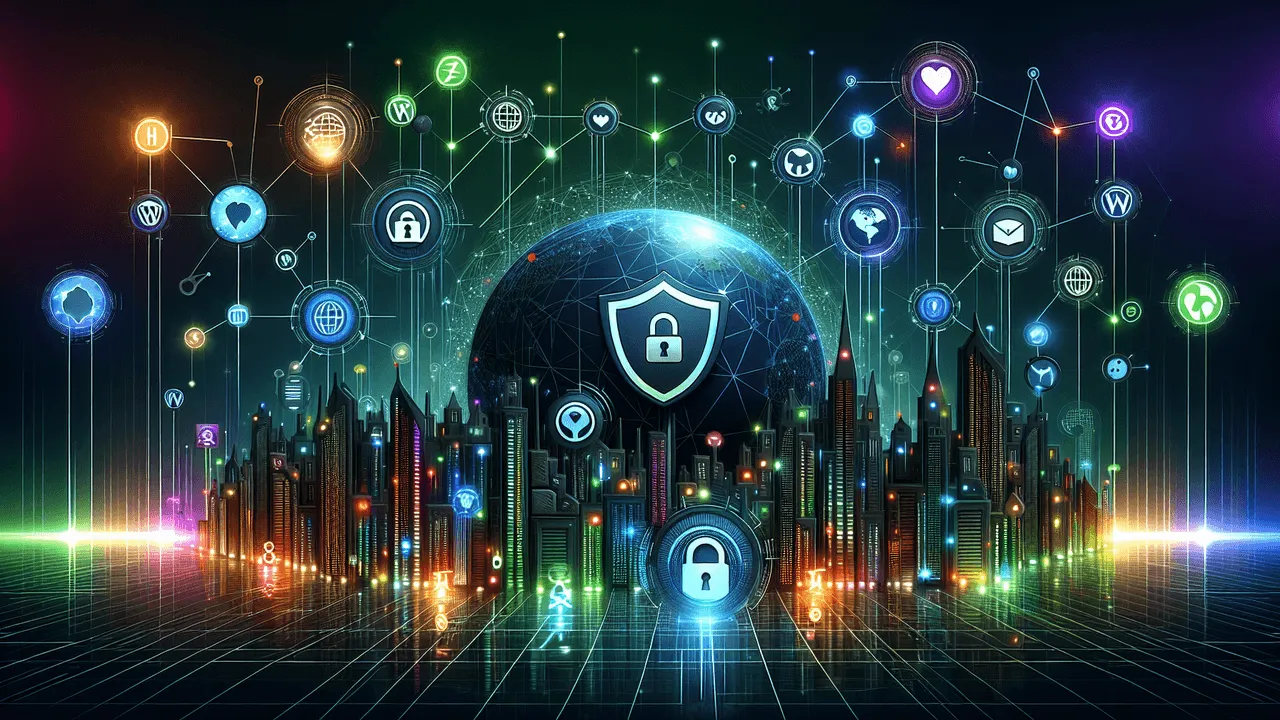
GitHub Overview - Hints & Features
By: Robert Citek
Build a Secure Theme Based Website in 10 Minutes
By: Lee Lammert
SLUUG - December 8, 2021
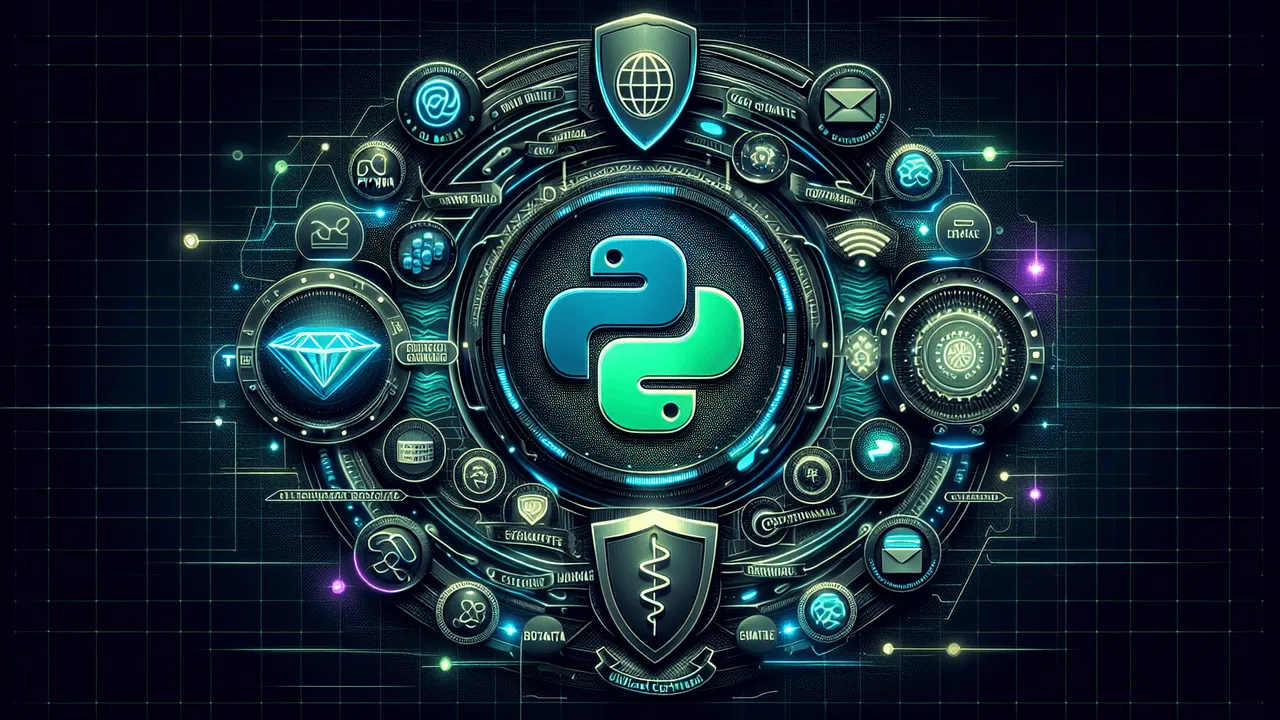
Fun and Games with Python, Big Data and Exchange
By: Tyler Rudie
Wildcard Certificates
By: Lee Lammert
SLUUG - October 13, 2021
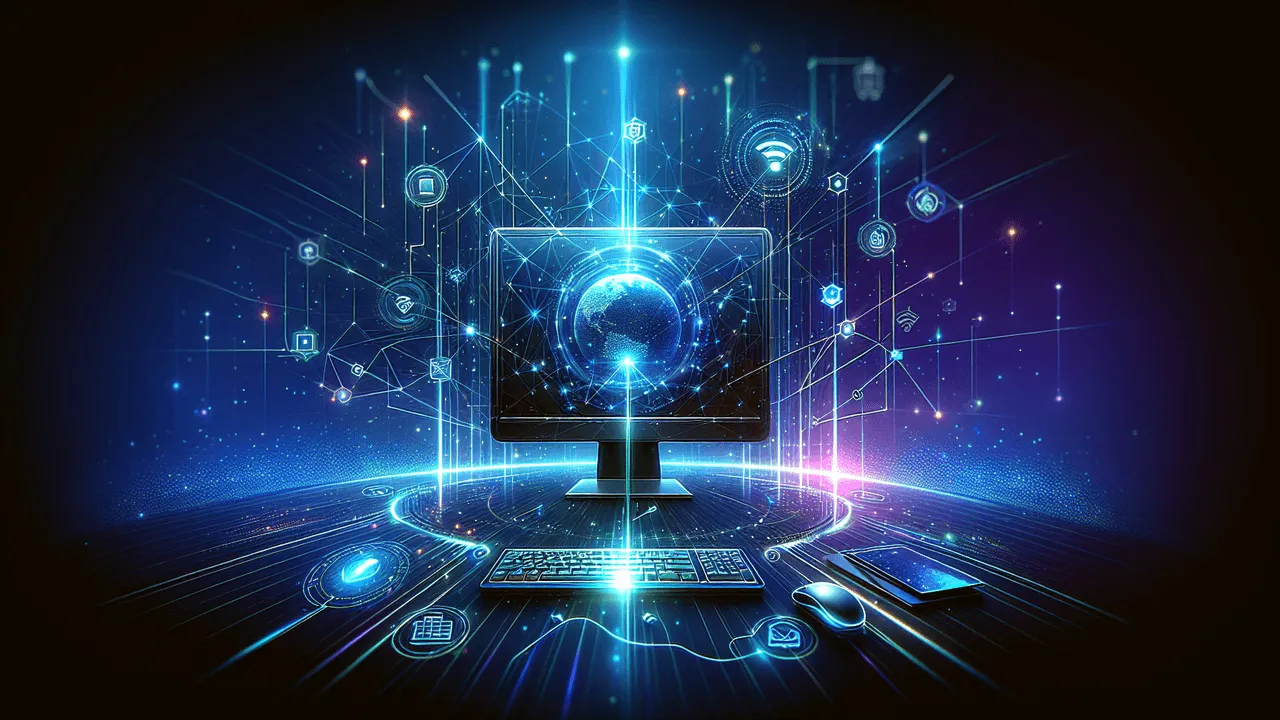
gitso for remote support
By: Stan Reichardt
Snap Your Way Out of Dependency Hell
By: Lee Lammert
SLUUG - May 12, 2021
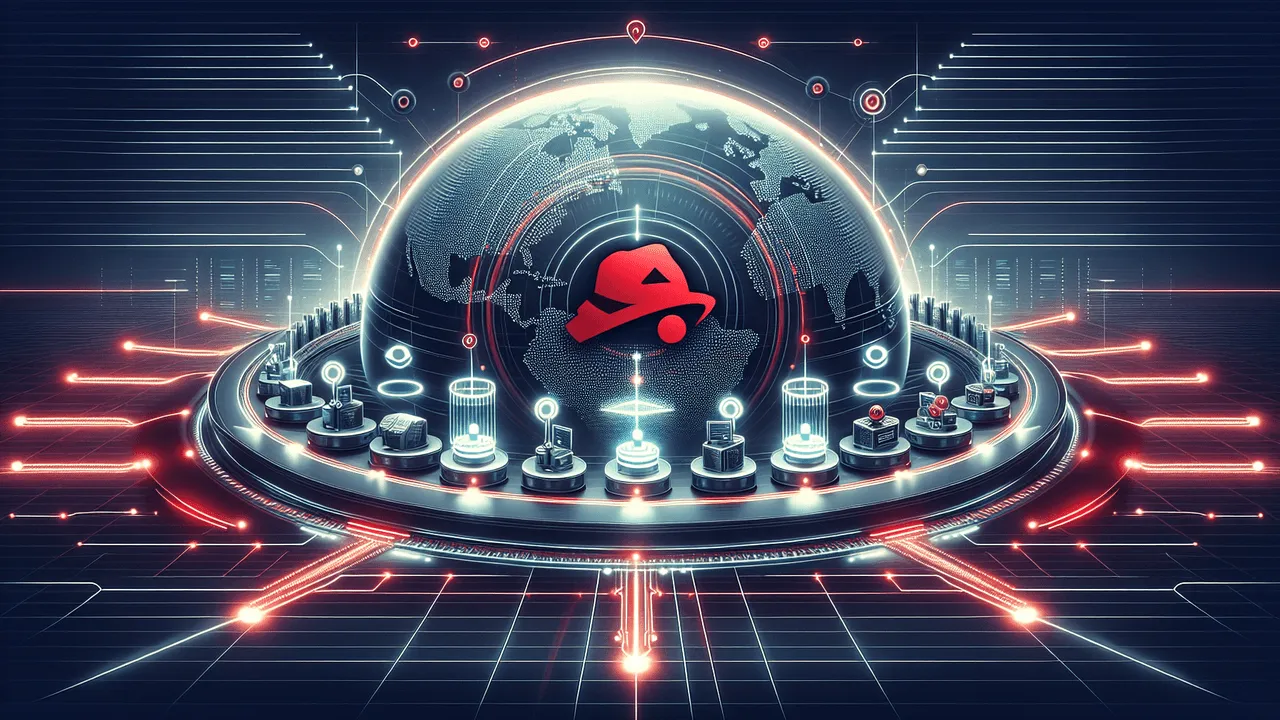
RedHat Kickstart
By: Steven Gomez
Upgrading RAID6 with Zero Downtime From six 2T to eight 4T
By: Lee Lammert
SLUUG - January 13, 2021
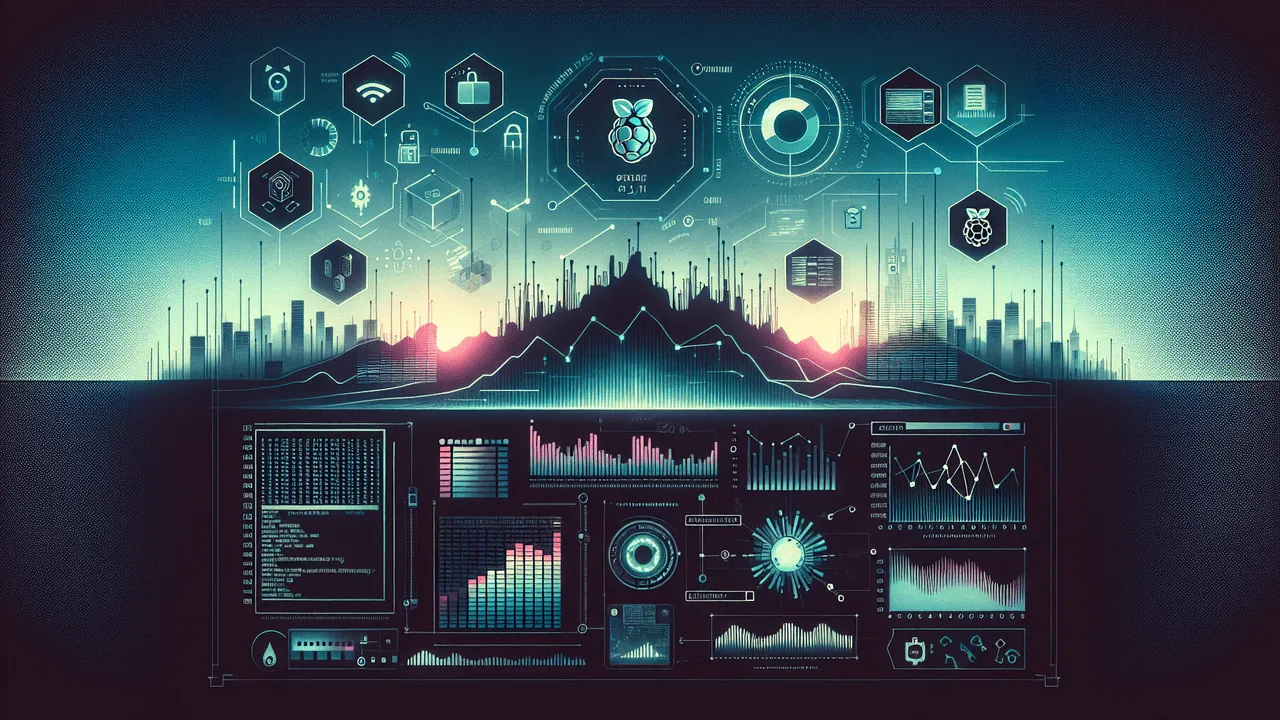
Customized "whereis" project
By: Robert C. Hansen
Hand Held Music Box
By: Lee Lammert
SLUUG - December 11, 2024
SLUUG - November 13, 2024
SLUUG - August 14, 2024
SLUUG - July 10, 2024
STLLUG - June 20, 2024
SLUUG - June 12, 2024
SLUUG - May 8, 2024
SLUUG - March 13, 2024
SLUUG - February 14, 2024
SLUUG - August 9, 2023
SLUUG - March 8, 2023
SLUUG - February 8, 2023
STLLUG - November 17, 2022
STLLUG - August 18, 2022
SLUUG - June 8, 2022
SLUUG - May 11, 2022
SLUUG - January 12, 2022
SLUUG - December 8, 2021
SLUUG - October 13, 2021
STLLUG - July 22, 2021
SLUUG - May 12, 2021
SLUUG - January 13, 2021


